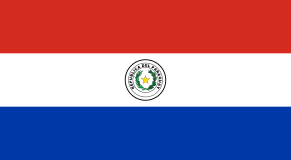
Visa and entry requirements Paraguay:
Passport required
No visa is required
Information from the Foreign Office about your trip to Paraguay:
https://www.auswaertiges-amt.de/de/paraguaysicherheit/224964
Paraguay is a landlocked country in South America with almost 7 million inhabitants and, along with neighboring Bolivia, one of the two landlocked countries on the entire American continent. The country borders Brazil to the east, Argentina to the south and west, and Bolivia to the north and west.
The Rio Paraguay flows through the country from north to south and divides it into two natural parts, the sparsely populated west and the more important eastern region, in which almost 98% of the population live.
The country's largest cities include Asuncion, Ciudad del Este - located at the Iguazu Falls near the border with Brazil and Argentina, Pedro Juan Caballero, Encarnacion and Concepcion.
The most spoken language in Paraguay is Guarani, but almost as many people also speak Spanish as a second language. Like many other Latin American countries, Paraguay is a predominantly Catholic country. Around 92% of all residents profess this faith.
The official national currency is the Paraguayan Guarani, where 1 euro corresponds to approximately 7 PYG.
Paraguay used to be purely an agricultural country, but today it also deals a lot with water, forestry and dairy farming. The Itaipu hydroelectric power station was the largest power plant in the world until 2006 and an enormous source of foreign currency for the local economy. The state is also South America's largest marijuana producer, with an estimated 50,000 tons annually, of which 95% is smuggled out of the country.
Paraguay is only slowly developing into a typical holiday destination. The majority of the country's area consists either of untouched nature or of many nature reserves with a rich flora and fauna, which, however, does not exactly attract mass tourism.
Some of the country's few tourist attractions are the Iguazu Falls - although they are much more pronounced on the Argentine and Brazilian sides, the huge Itaipu hydroelectric power station, the ruins of the Jesuit reductions on the Parana River, the famous pilgrimage site of Caacupe, the city of Ciudad del Este at the border triangle, the Franciscan monastery in Atyra and the city of Asuncion.
Asuncion is the capital of Paraguay with around 550,000 inhabitants. It is also the largest city in the country and lies directly on the left bank of the Rio Paraguay. Almost two million people live in the capital's large metropolitan area.
The headquarters of the South American Football Association Conmebol is located in Asuncion, which is probably due to its central location in South America.
The heart of the city center is the Plaza de los Heroes, with the street Independencia - the street of independence. The main attractions of Asuncion include the Panteon de los Heroes, the Central Station, the Metropol Cathedral, the Palacio de Gobierno - the government palace, the Cabildo City Hall, the Casa de la Independencia, the Casa Viola, the Trinidad Church, the Church of the Incarnation , the Botanical Garden, Asuncion's highest point Cerro Lambare - with an extensive panorama over the city and the national stadium "Defensores del Chaco".
In January 2018, as part of my big tour of South America, I also visited Paraguay, the only time to date. Coming from Chile, my stay was limited to the capital Asuncion for two days.
The city of Asuncion is a very cozy and quiet city that immediately stands out for its countless artistic graffiti. Especially in the city center, several huge, colorful graffiti decorate the old house walls and give the partly outdated city a very special flair.
After arriving on a rainy Sunday morning and checking into my cheap hotel in the city center, I set out to explore the city on foot. However, the center still seemed deserted at this time of day.
In a light drizzle, the old colonial buildings and endless graffiti drawings offered many interesting photo opportunities. In the government district around lunchtime I met a few other tourists.
In the capital, however, it was obvious that several buildings were broken, some parks were already extremely dilapidated due to their age, or many were simply destroyed. For example, according to the security guard there, many windows of the brand new government building were broken by demonstrators a few weeks earlier. The fact that Paraguay is one of the poorest countries in South America was clearly visible during my tour of the city.
Compared to its larger neighbors, Paraguay is a very cheap travel destination and impresses with its undiscovered landscape, some true natural treasures and various cultural highlights. The country, with its extremely friendly residents, is actually perfect for backpackers.
The next day I set off on the long journey with four legs, via the Brazilian cities of Campo Grande, Curitiba and Recife, to the beautiful holiday island of Fernando de Noronha.

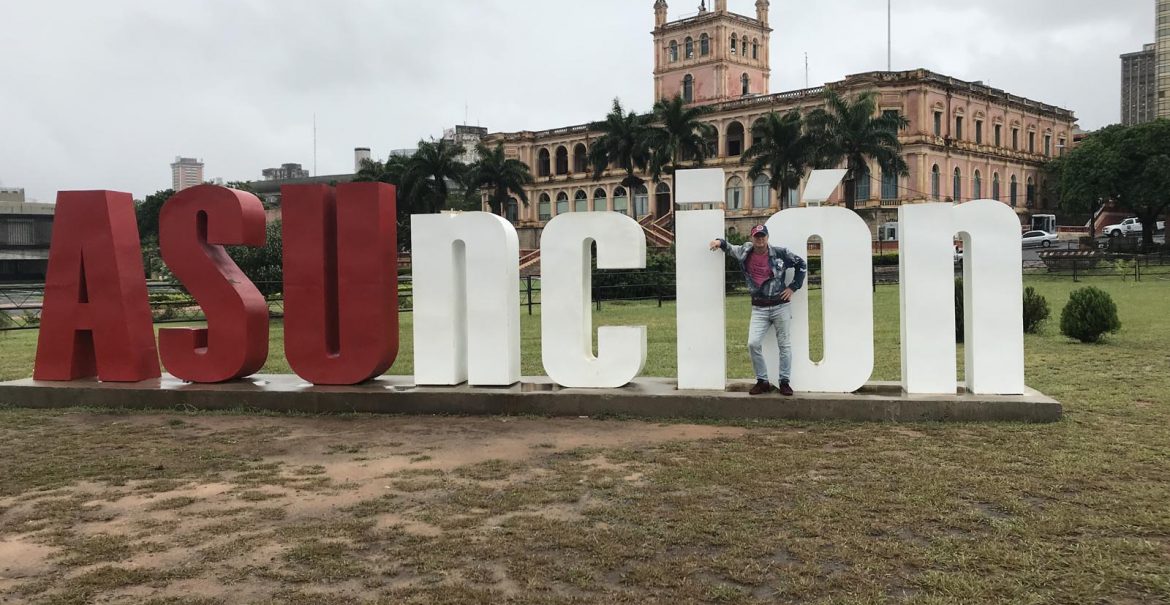
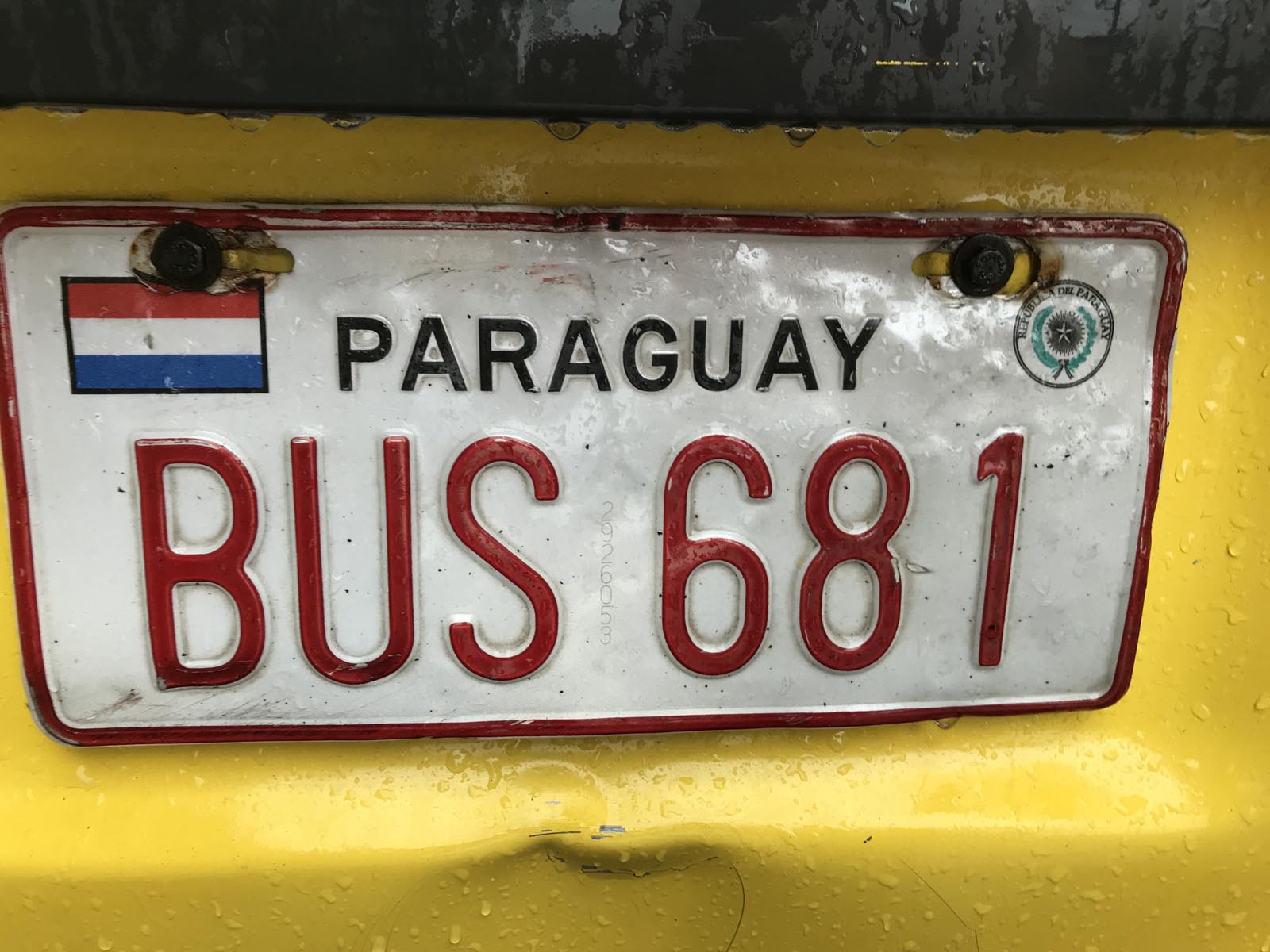

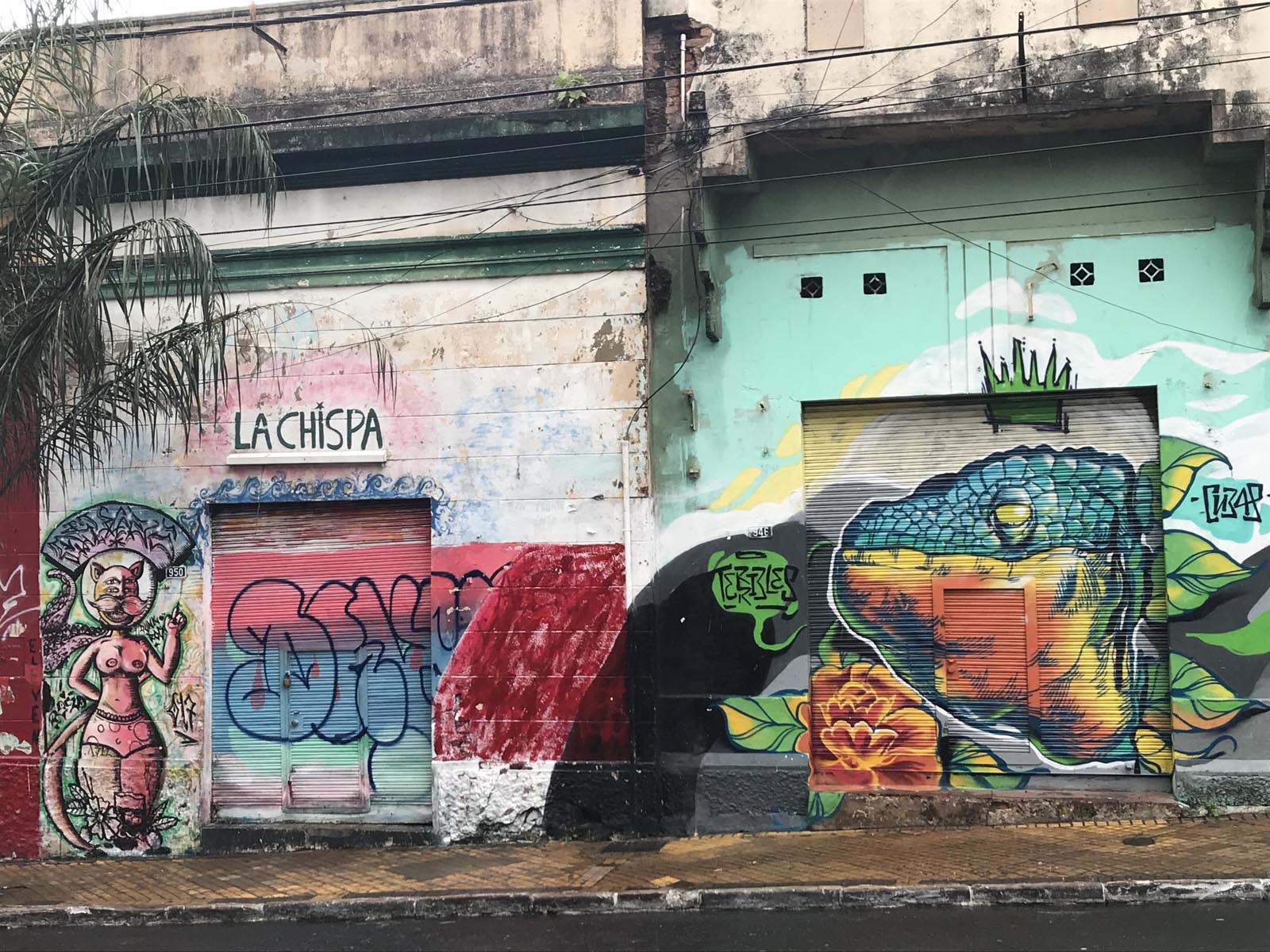
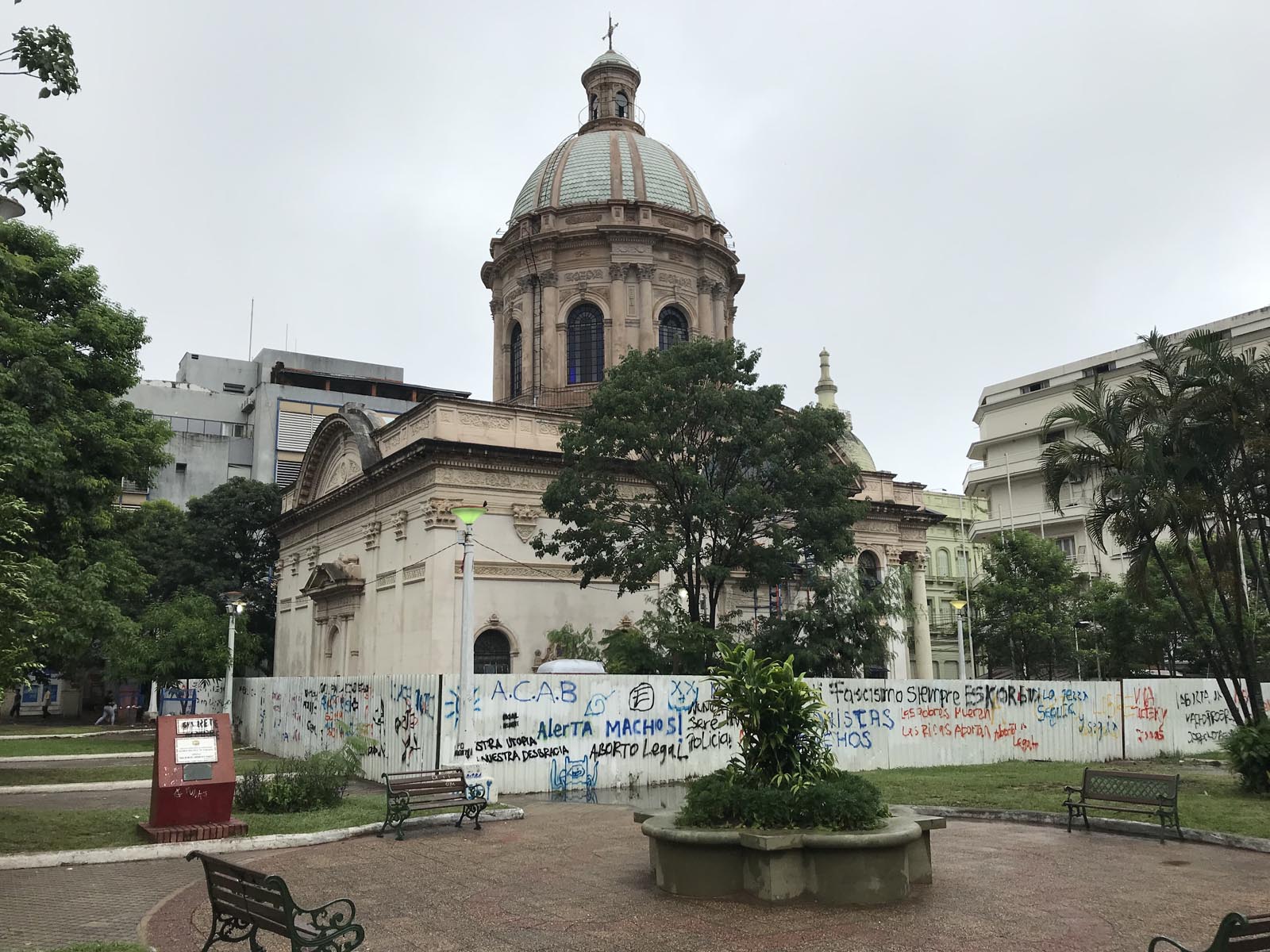
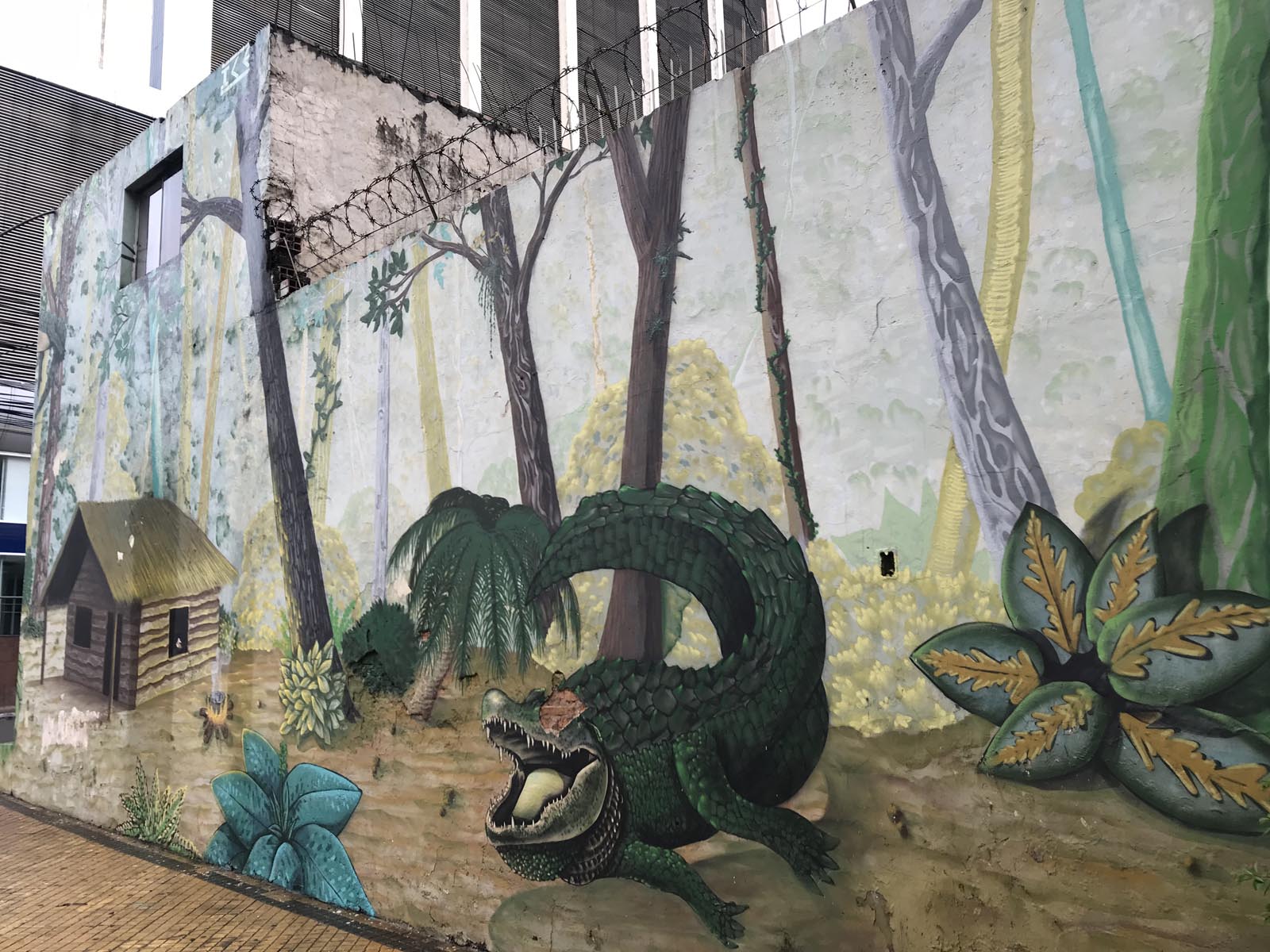
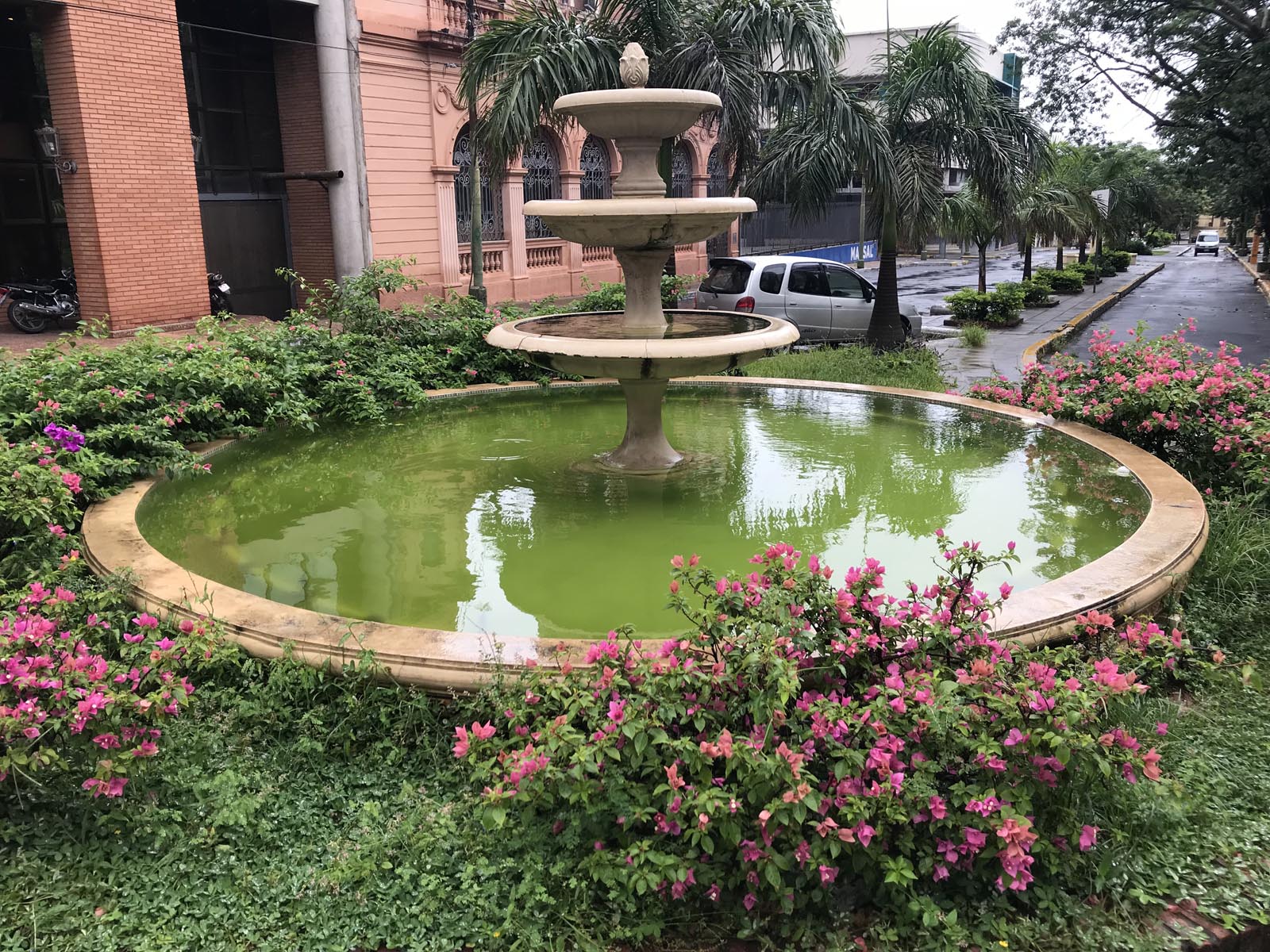
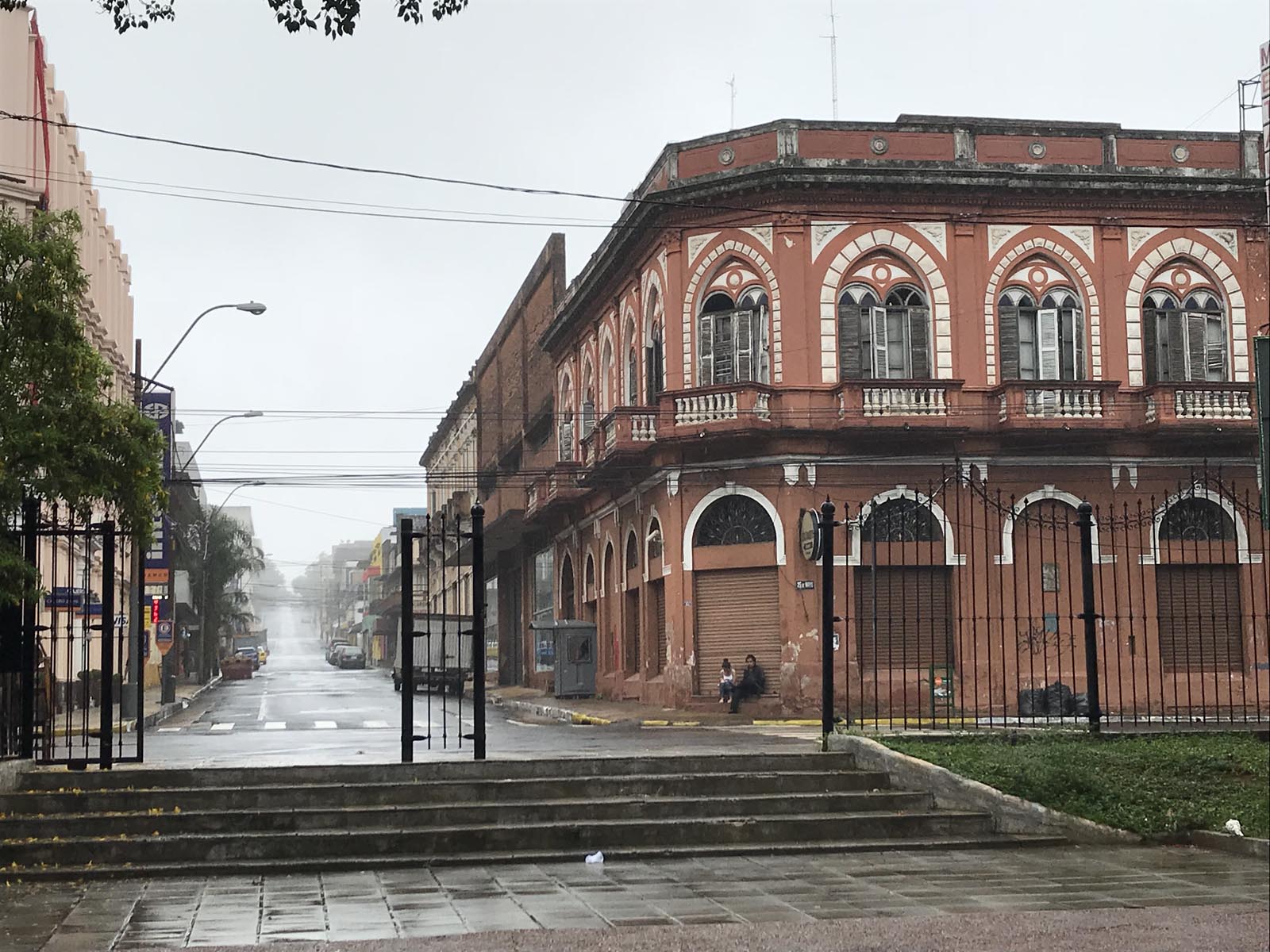

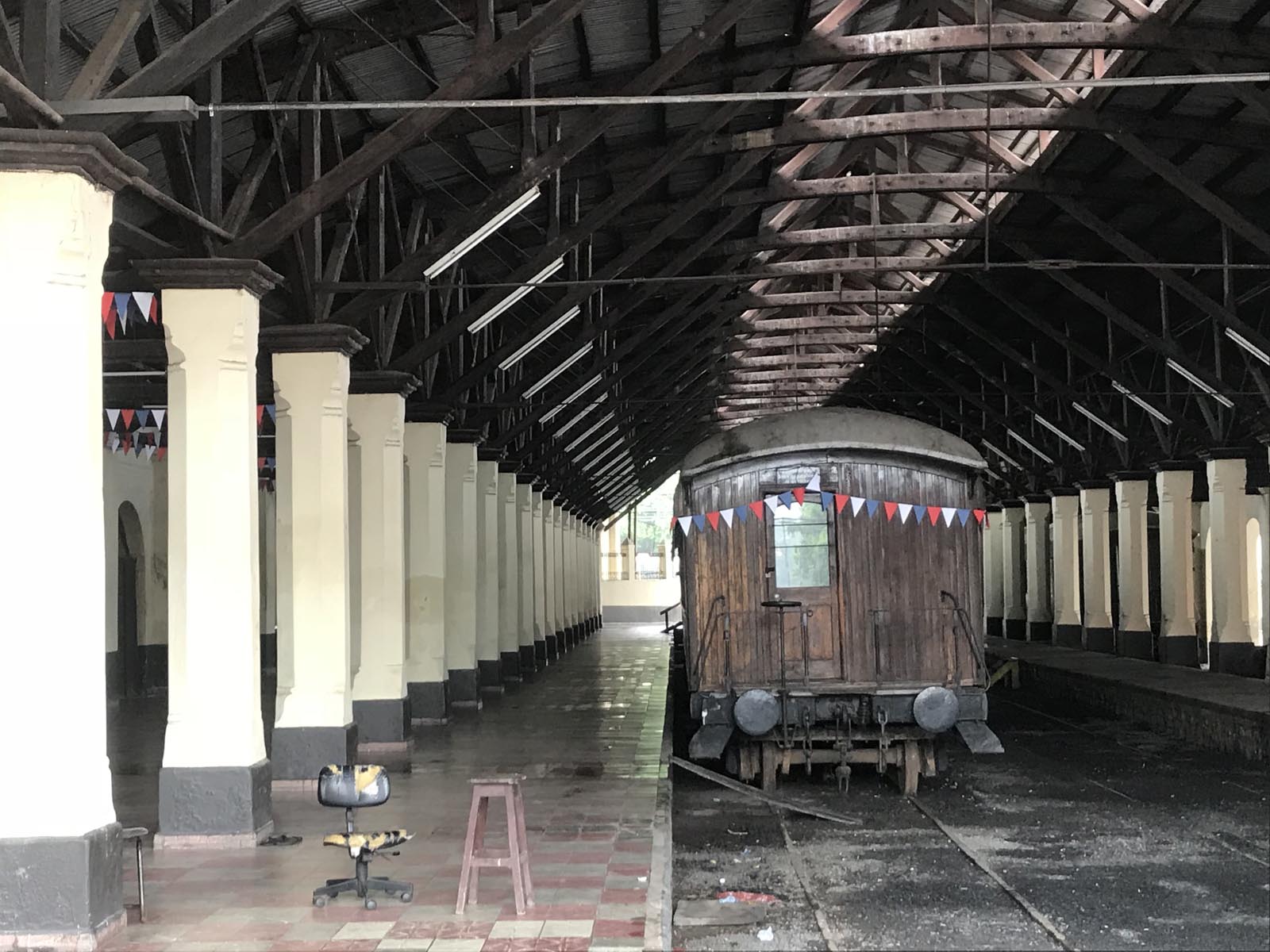

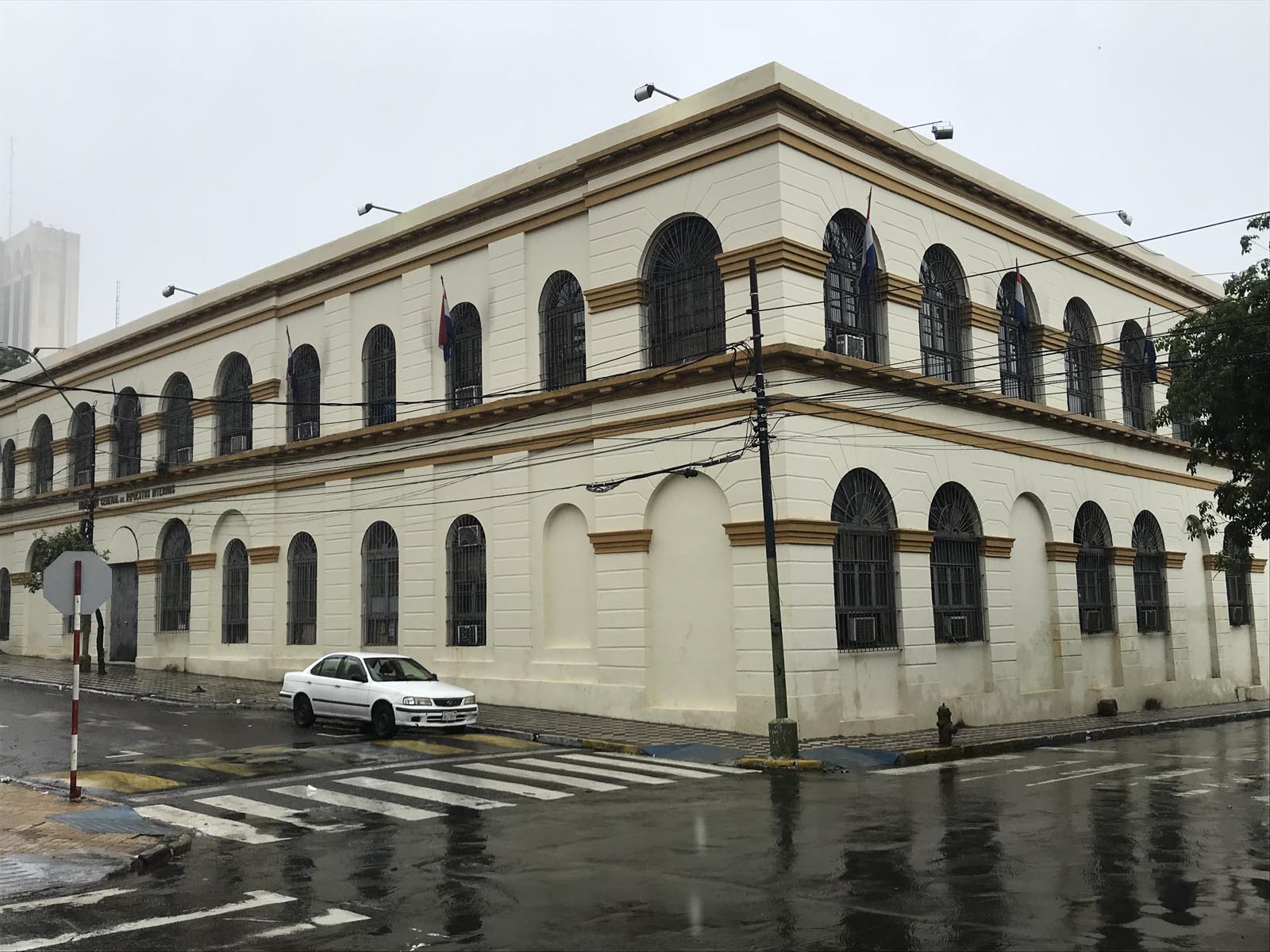
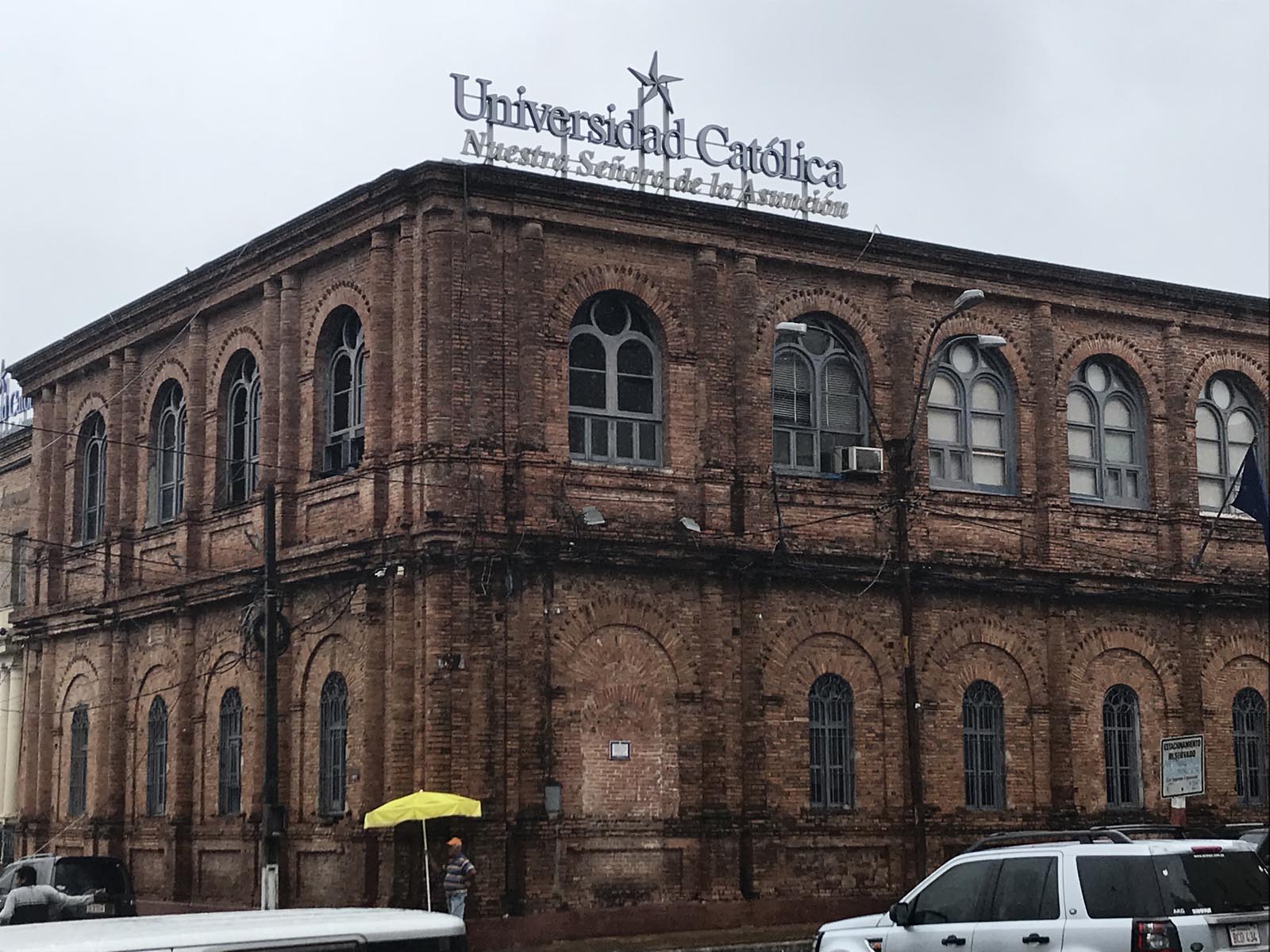

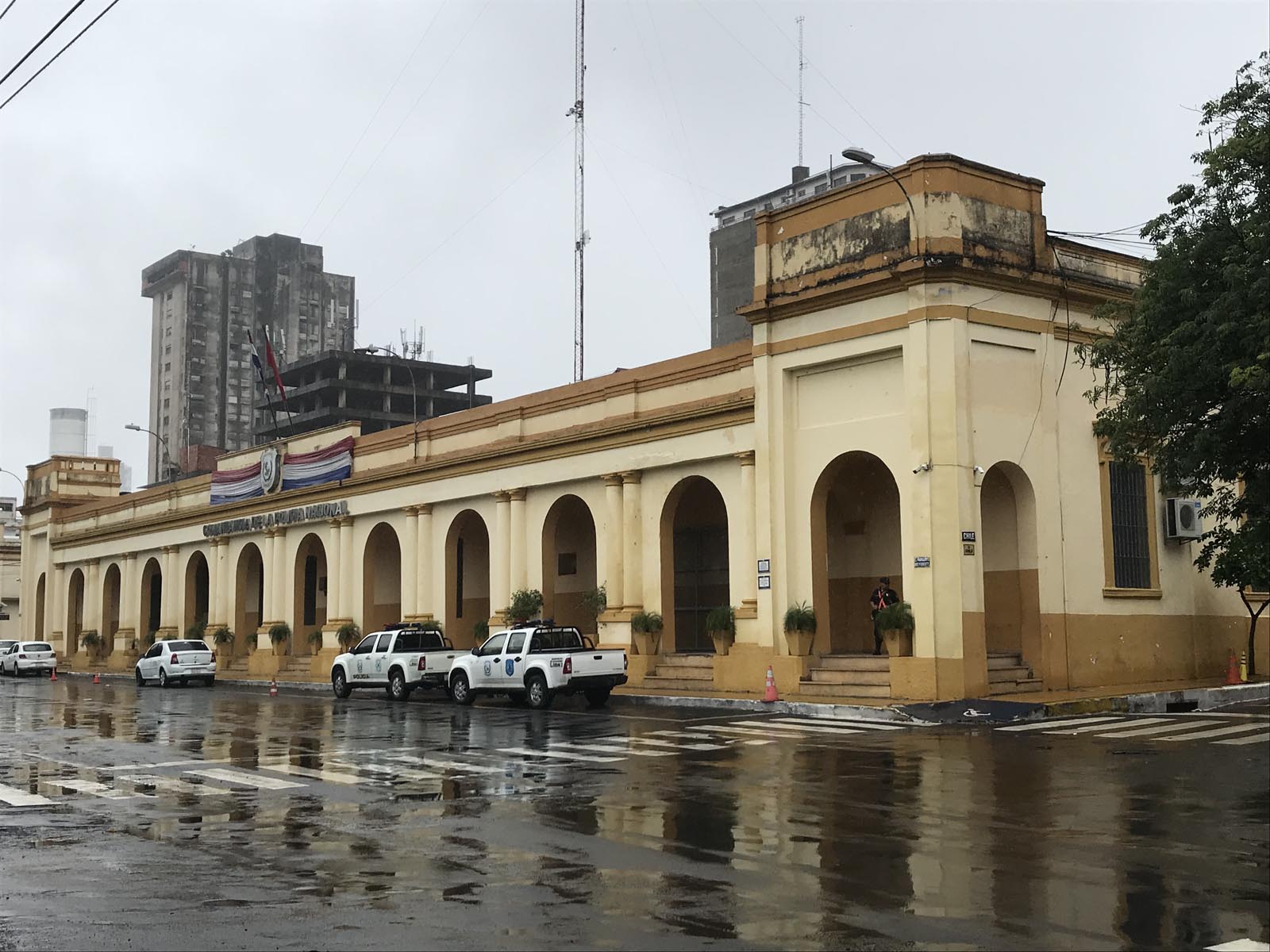

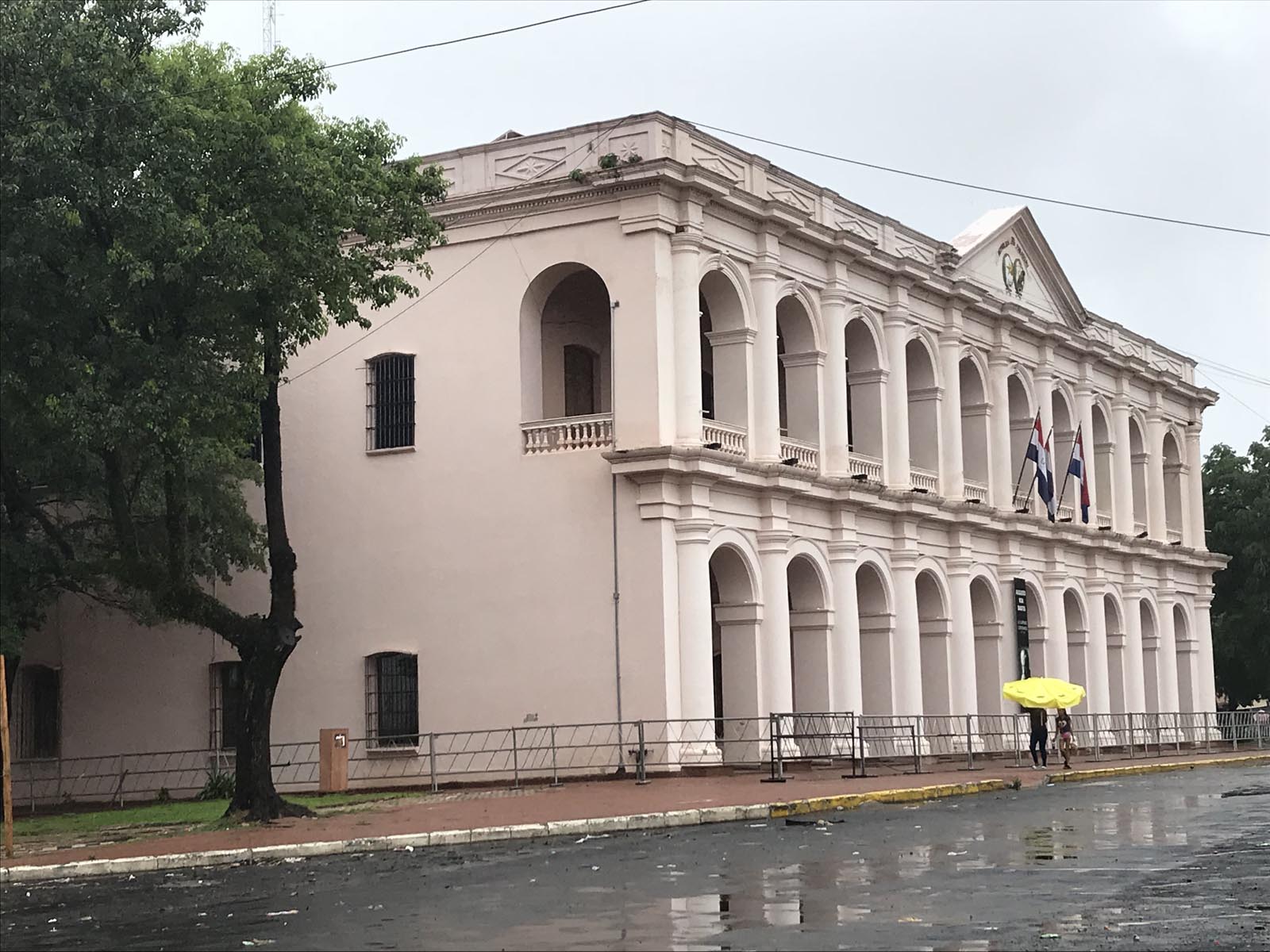
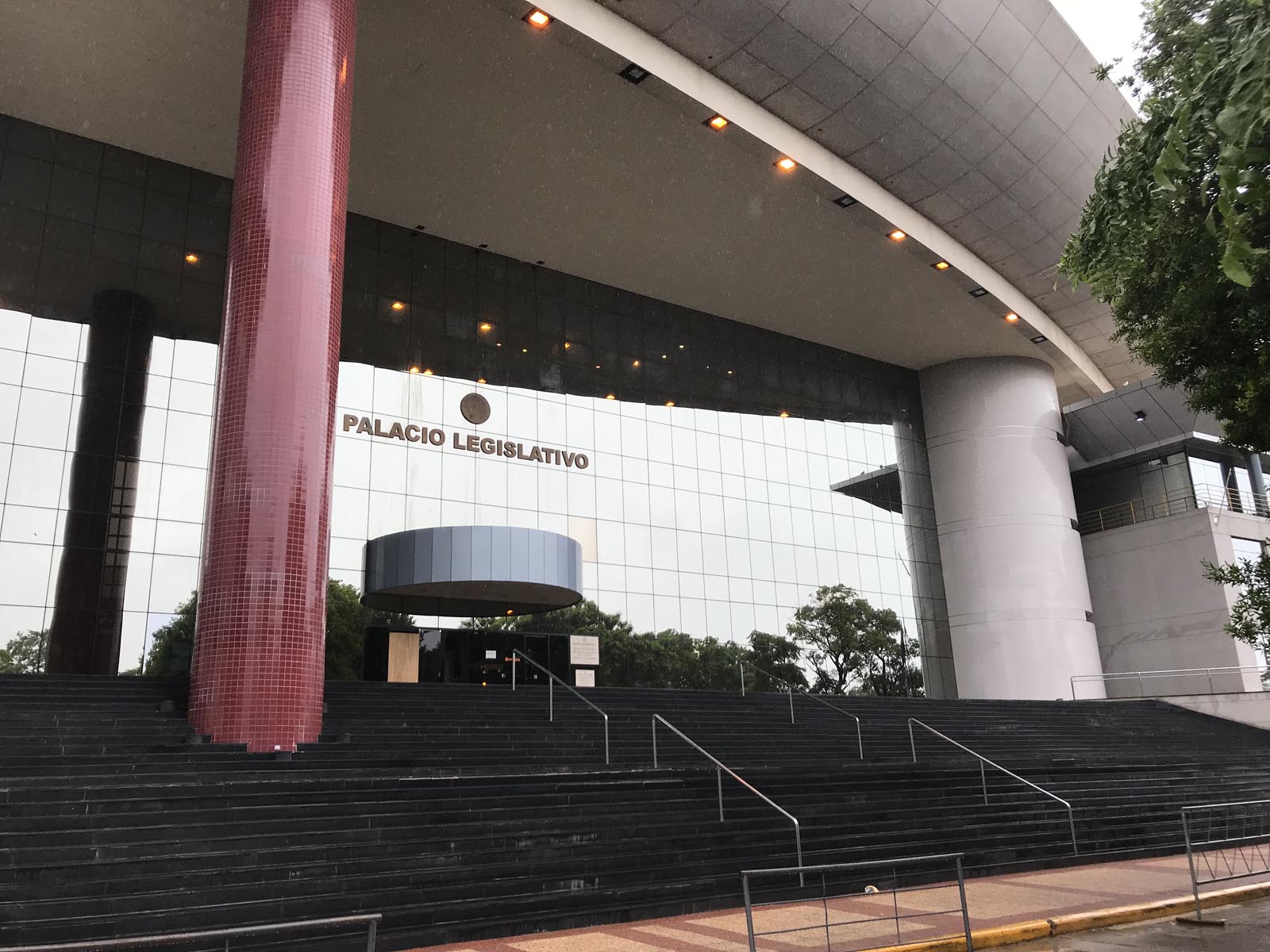
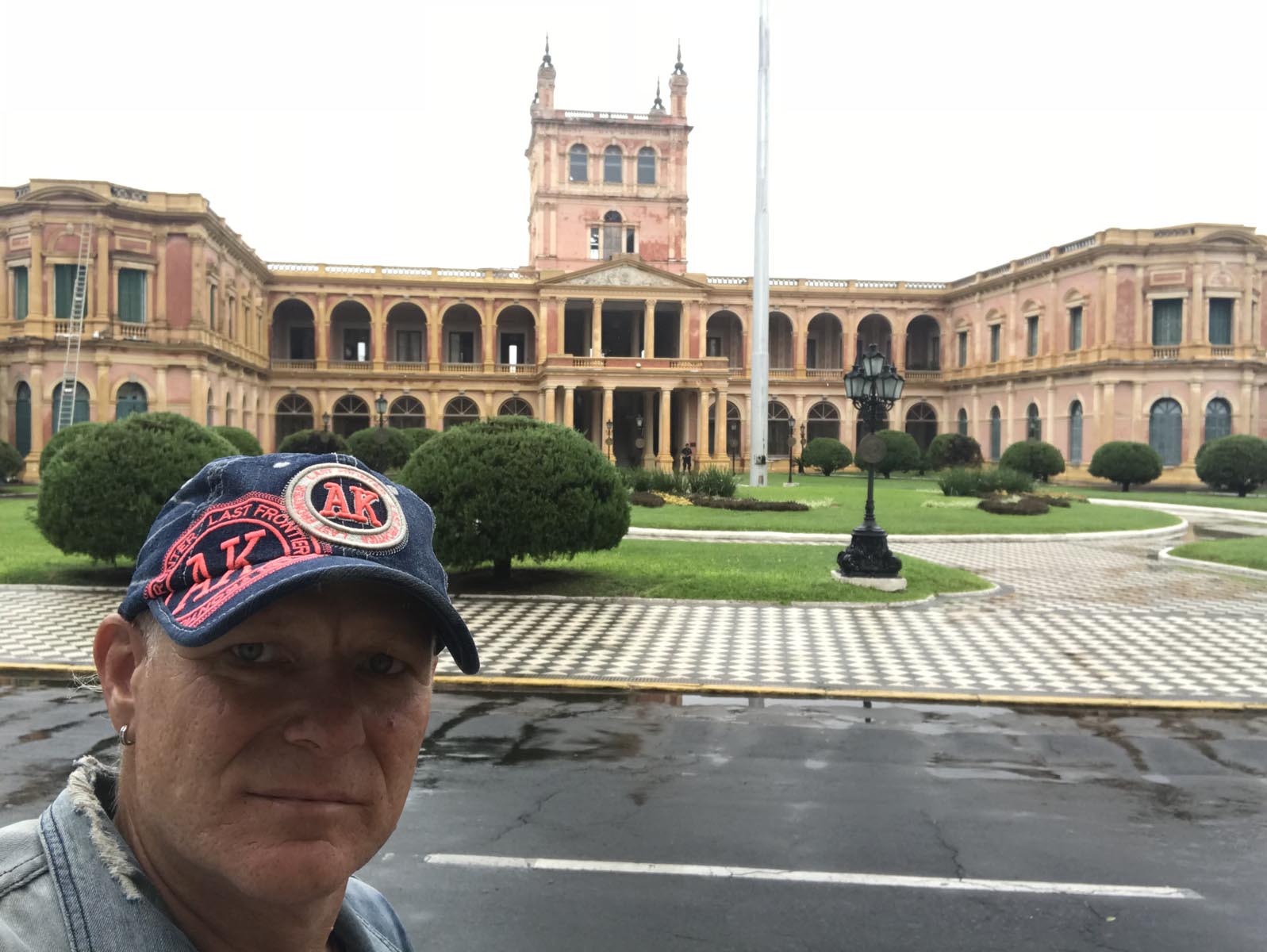
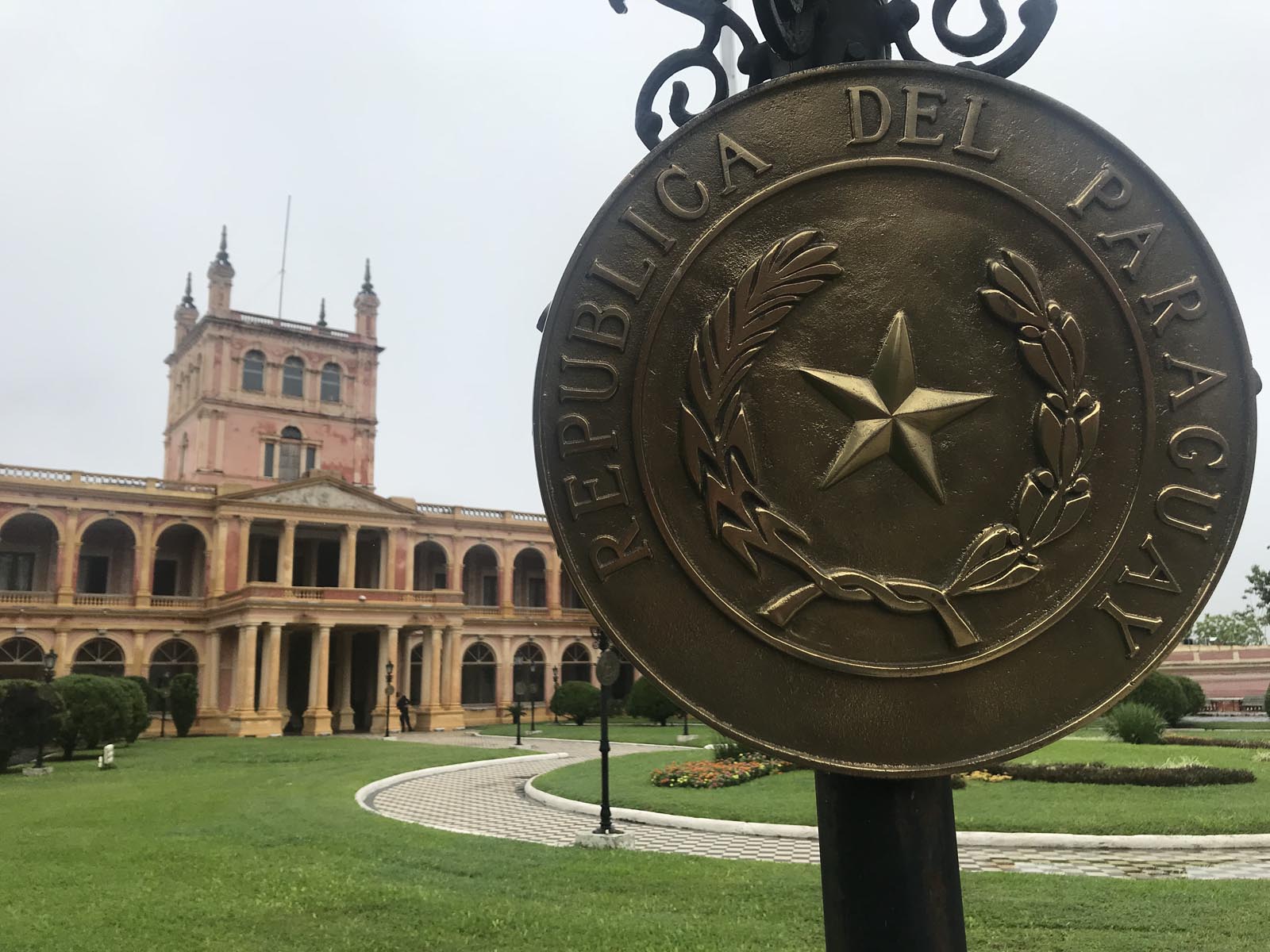
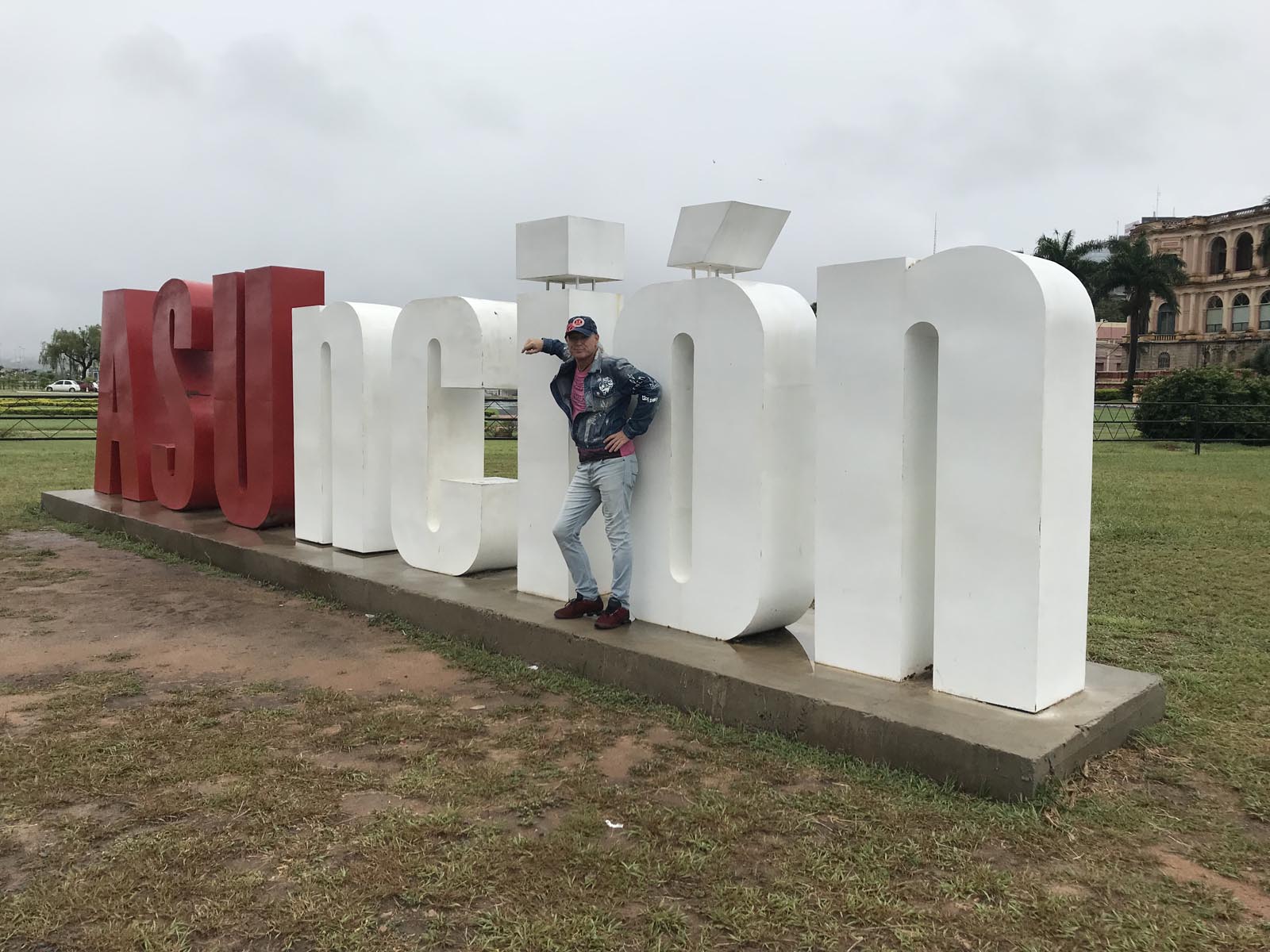
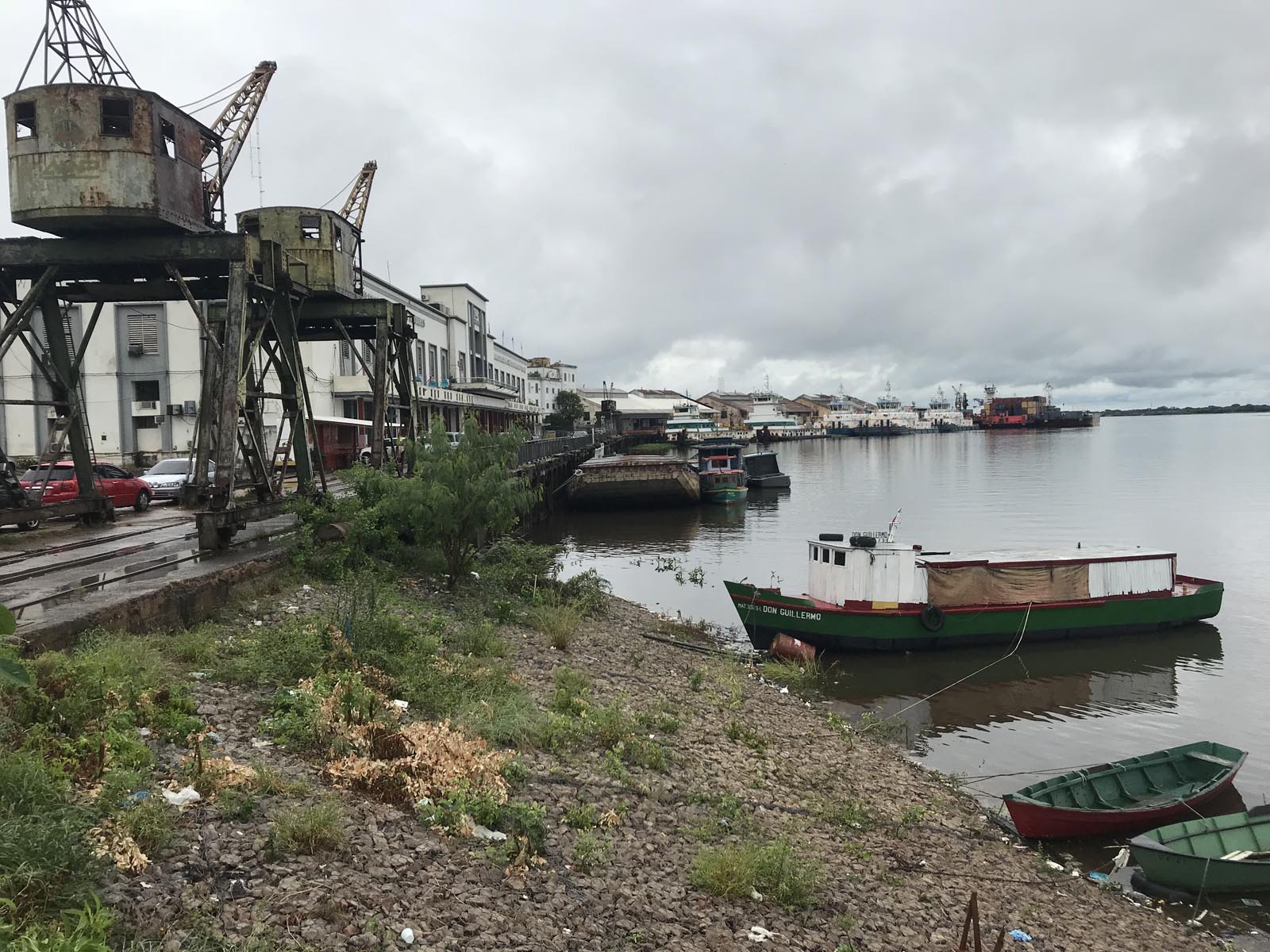
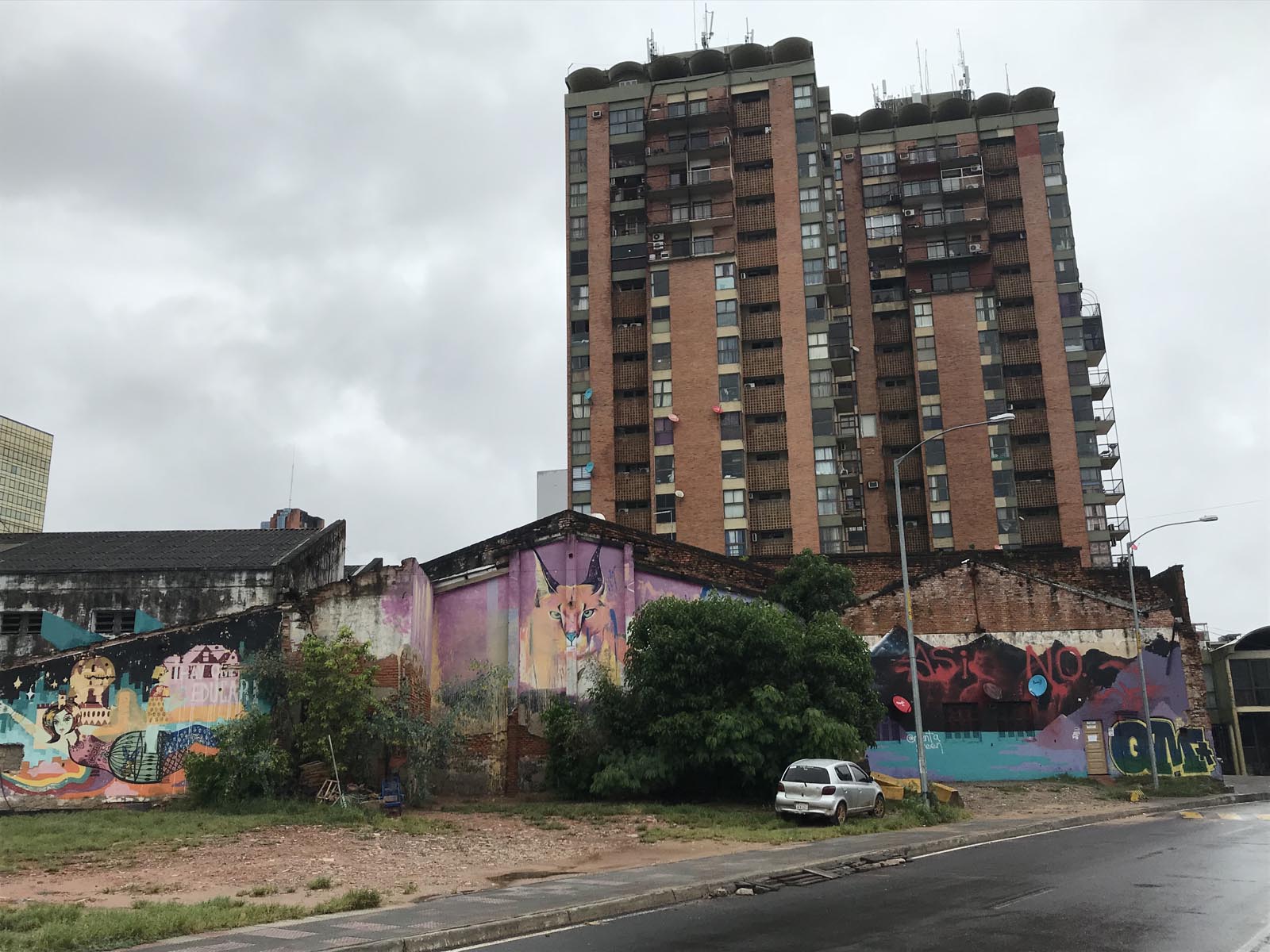
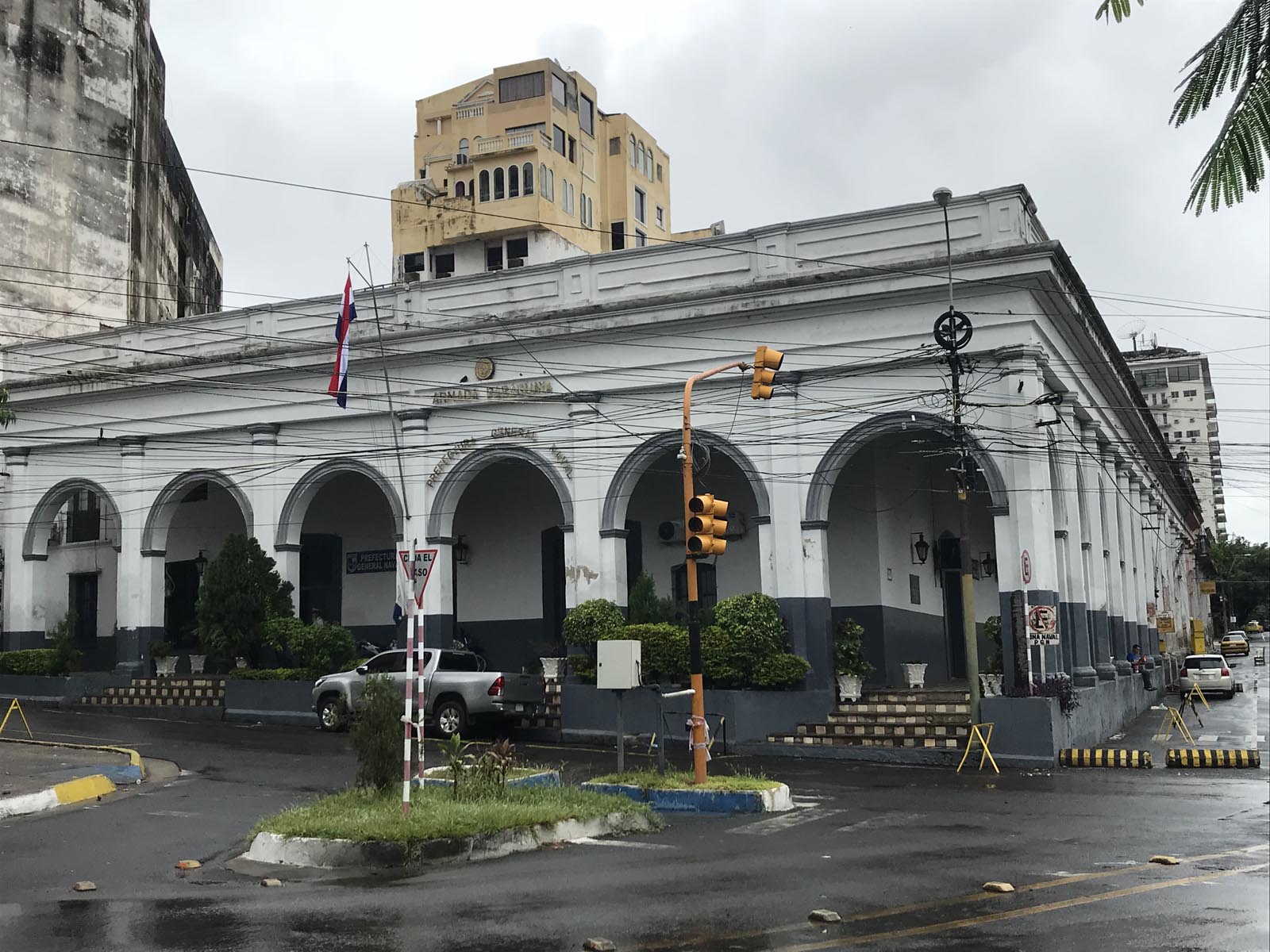
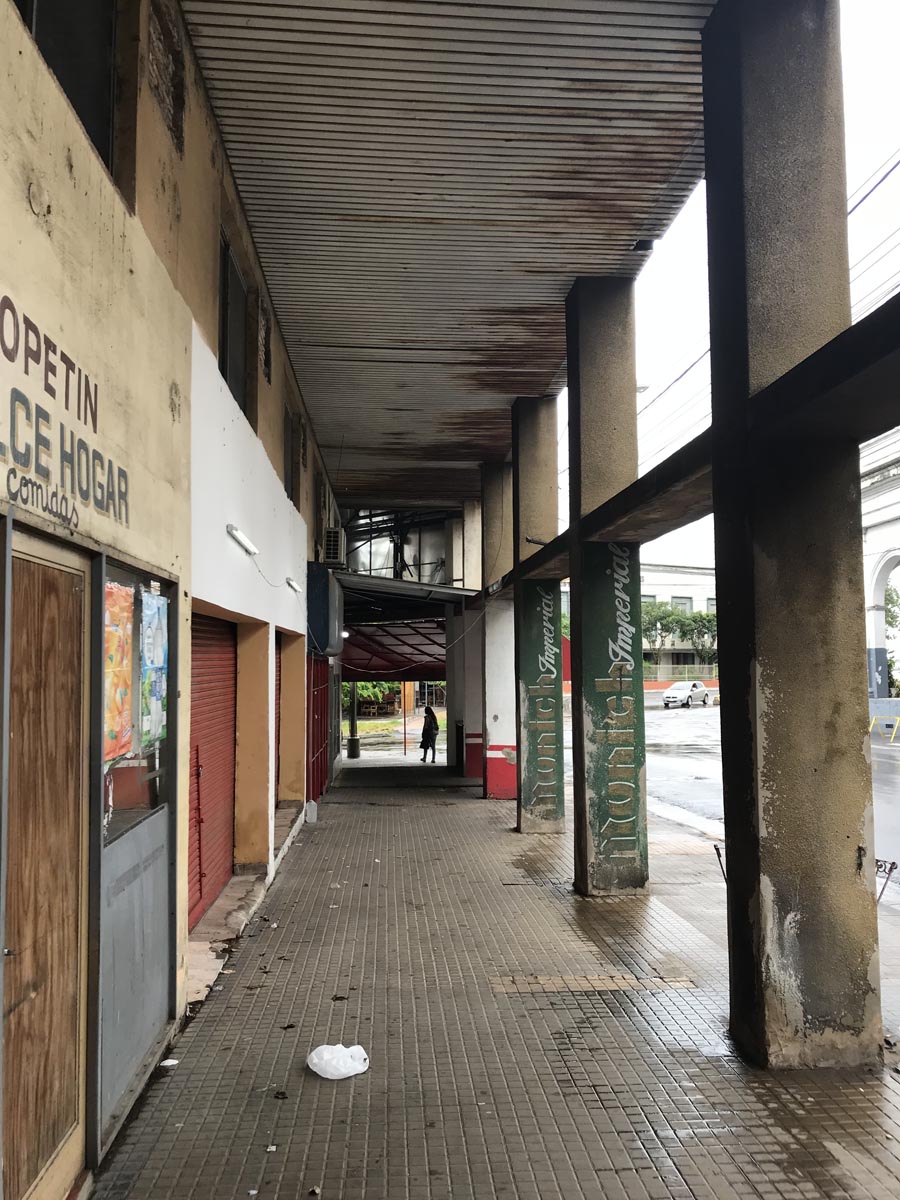
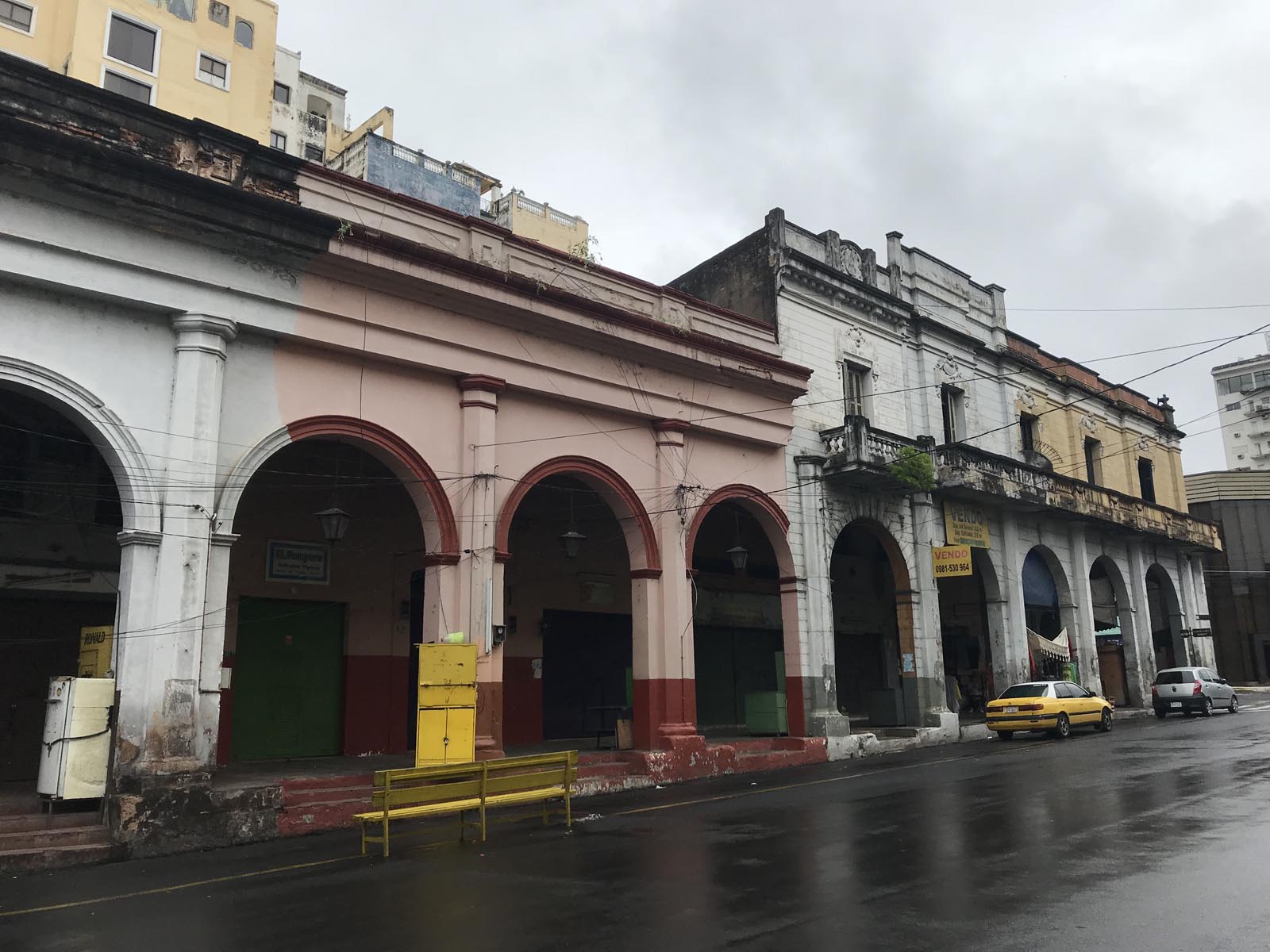
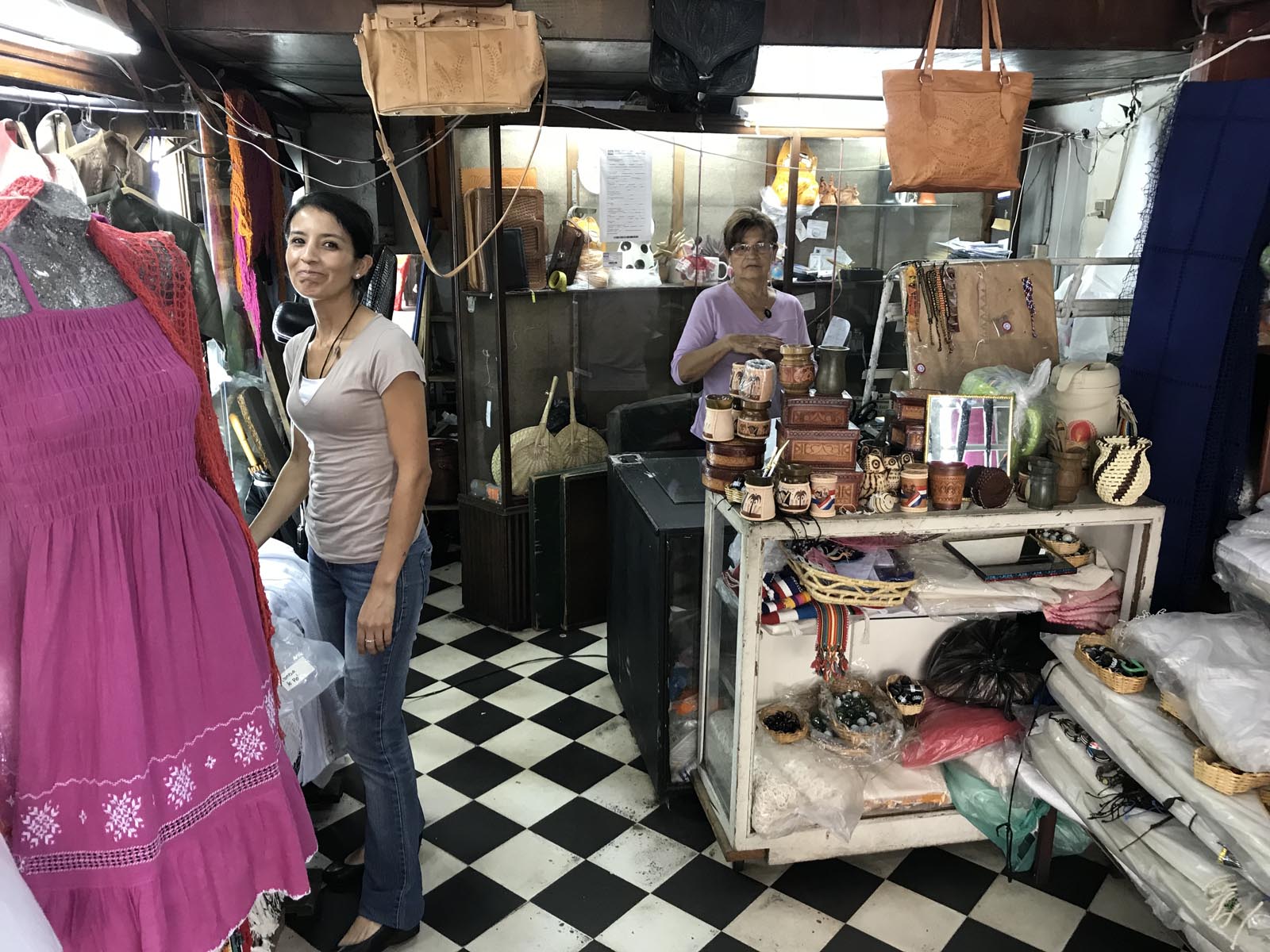
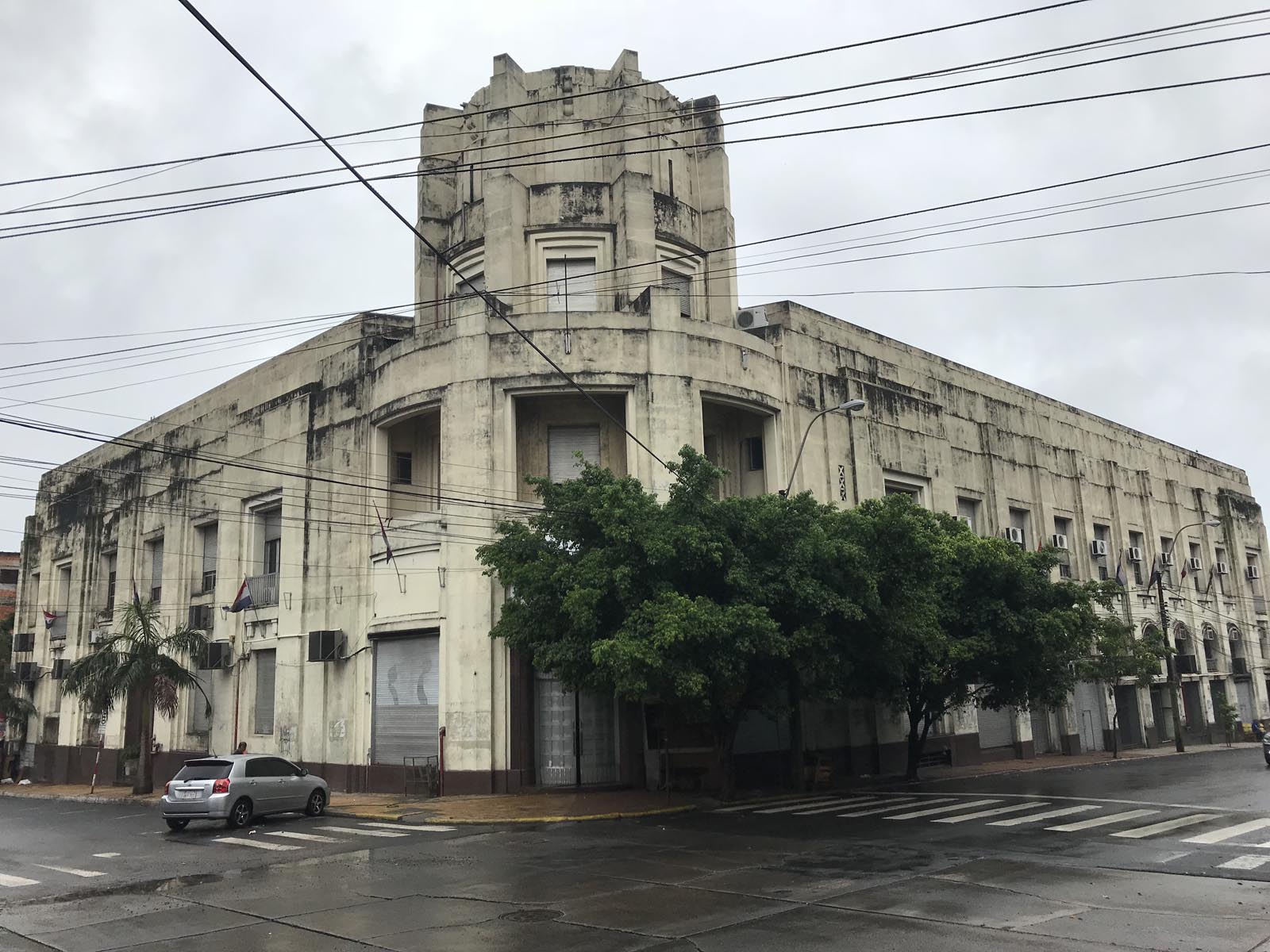
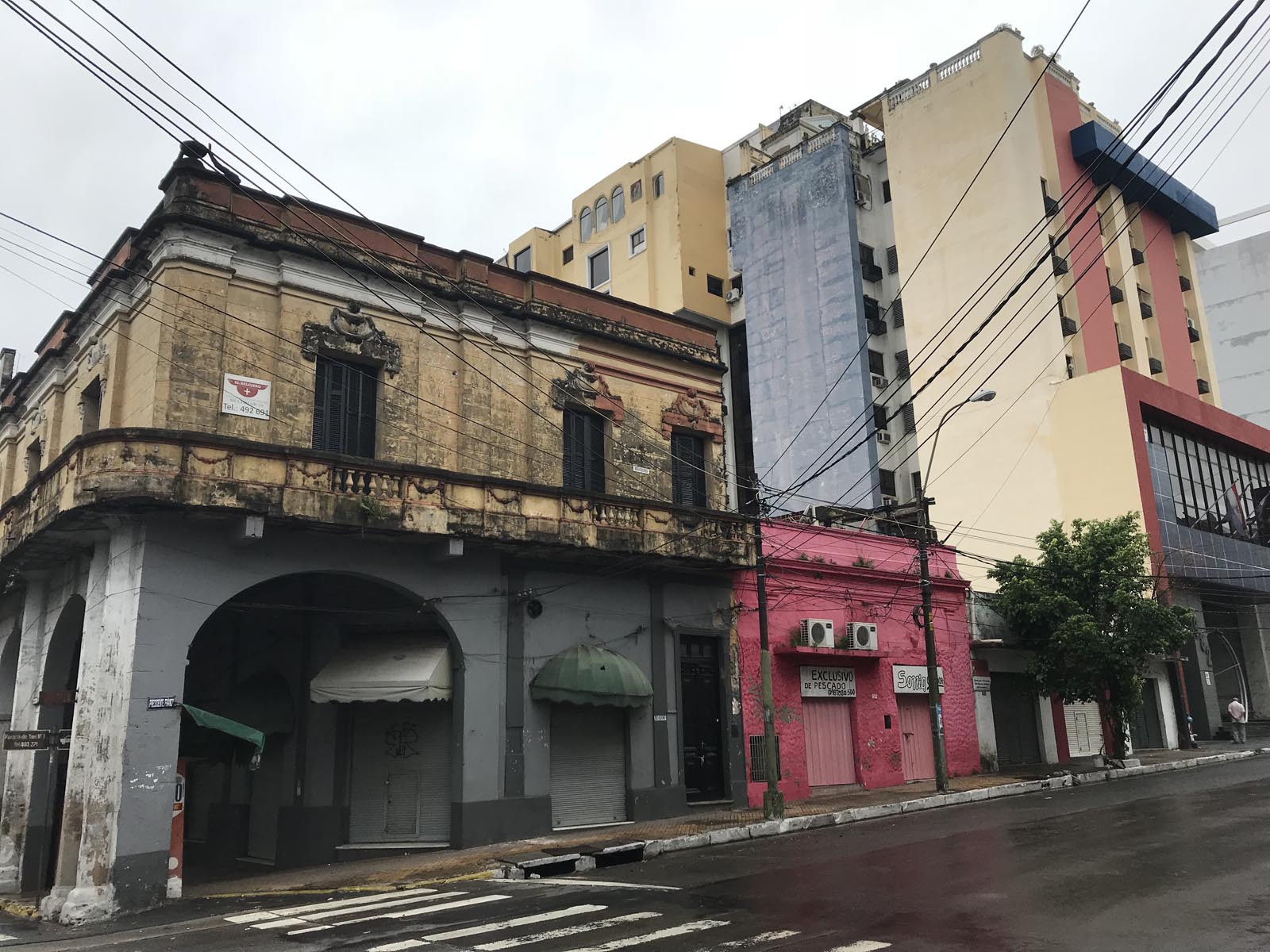
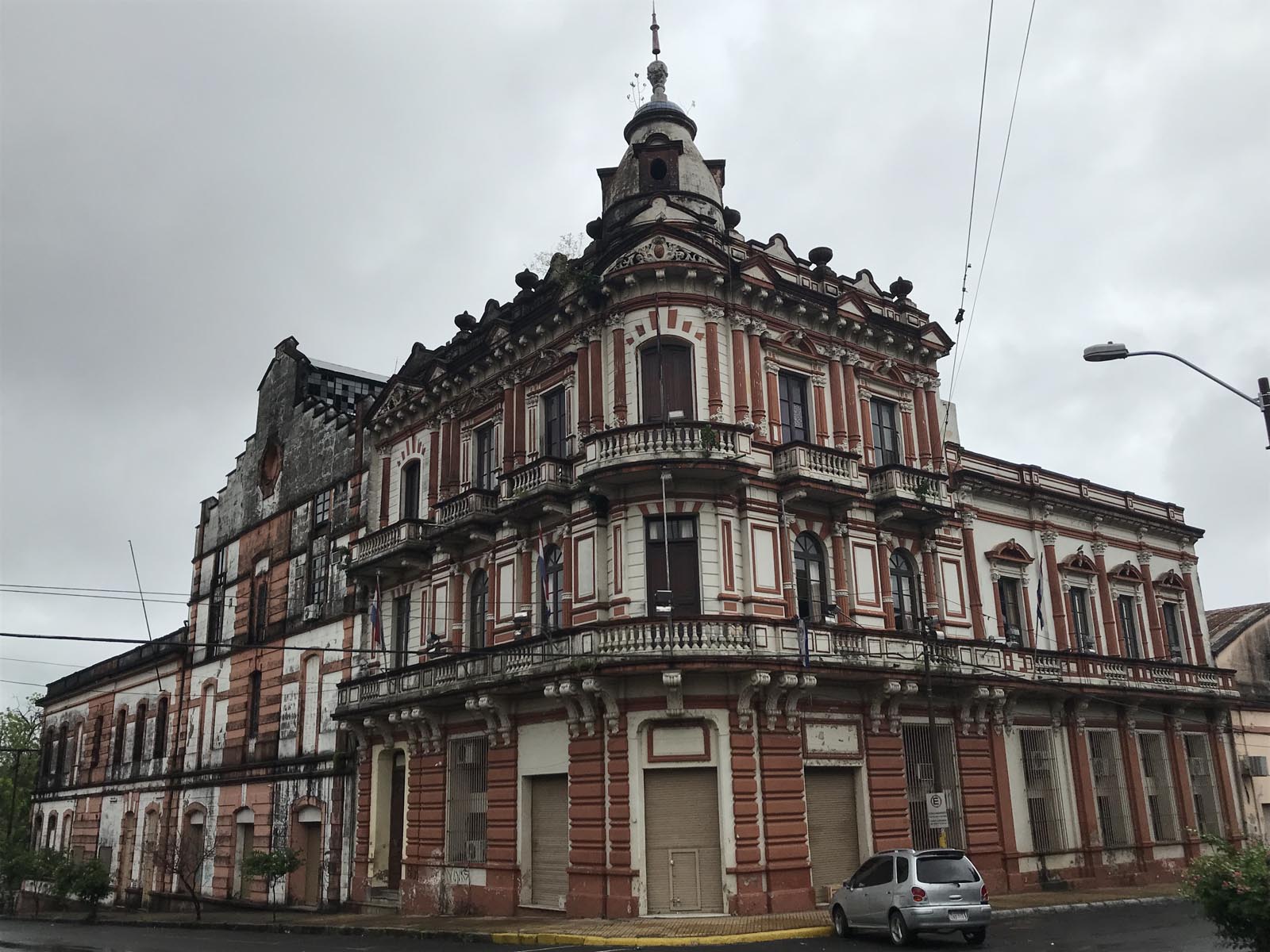
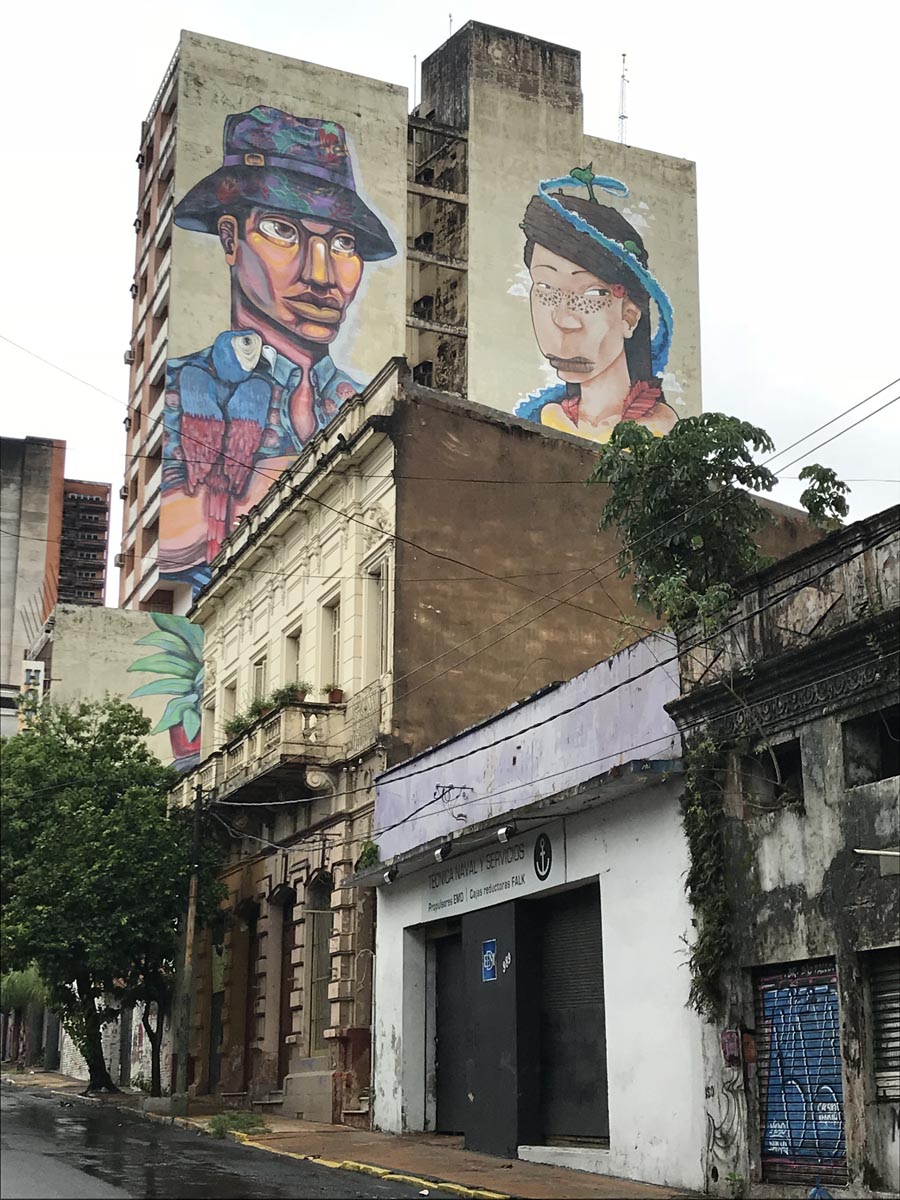
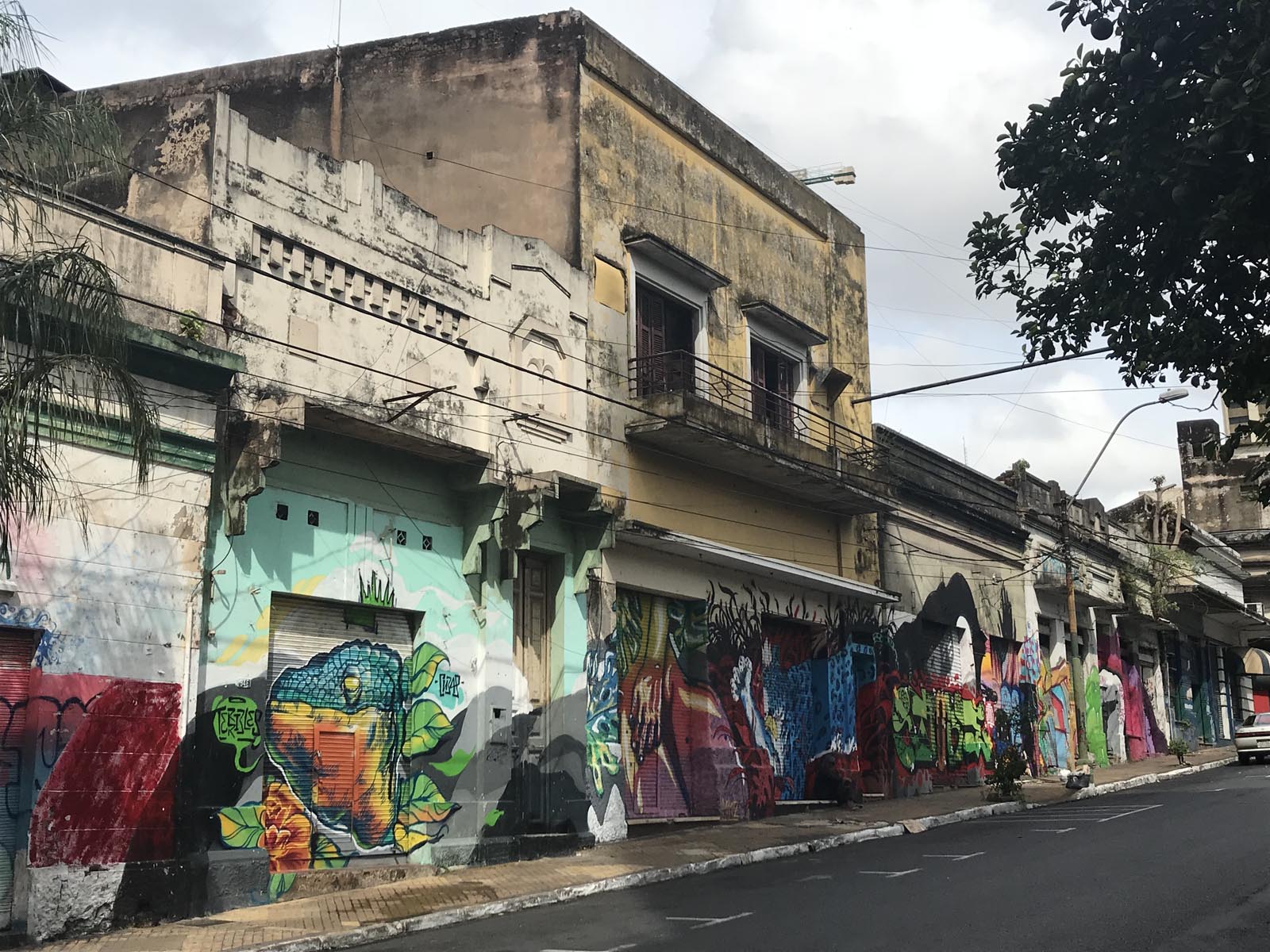

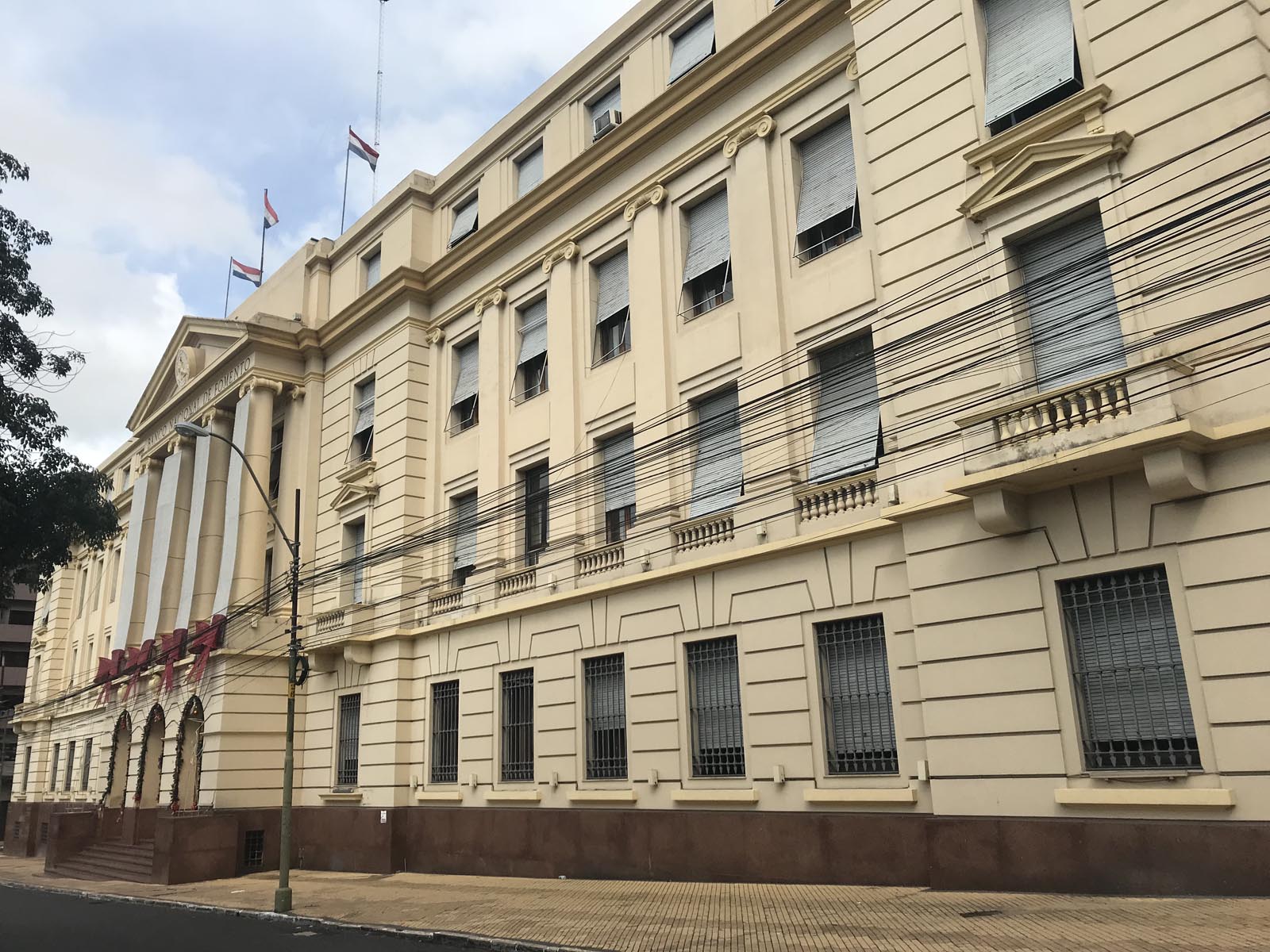
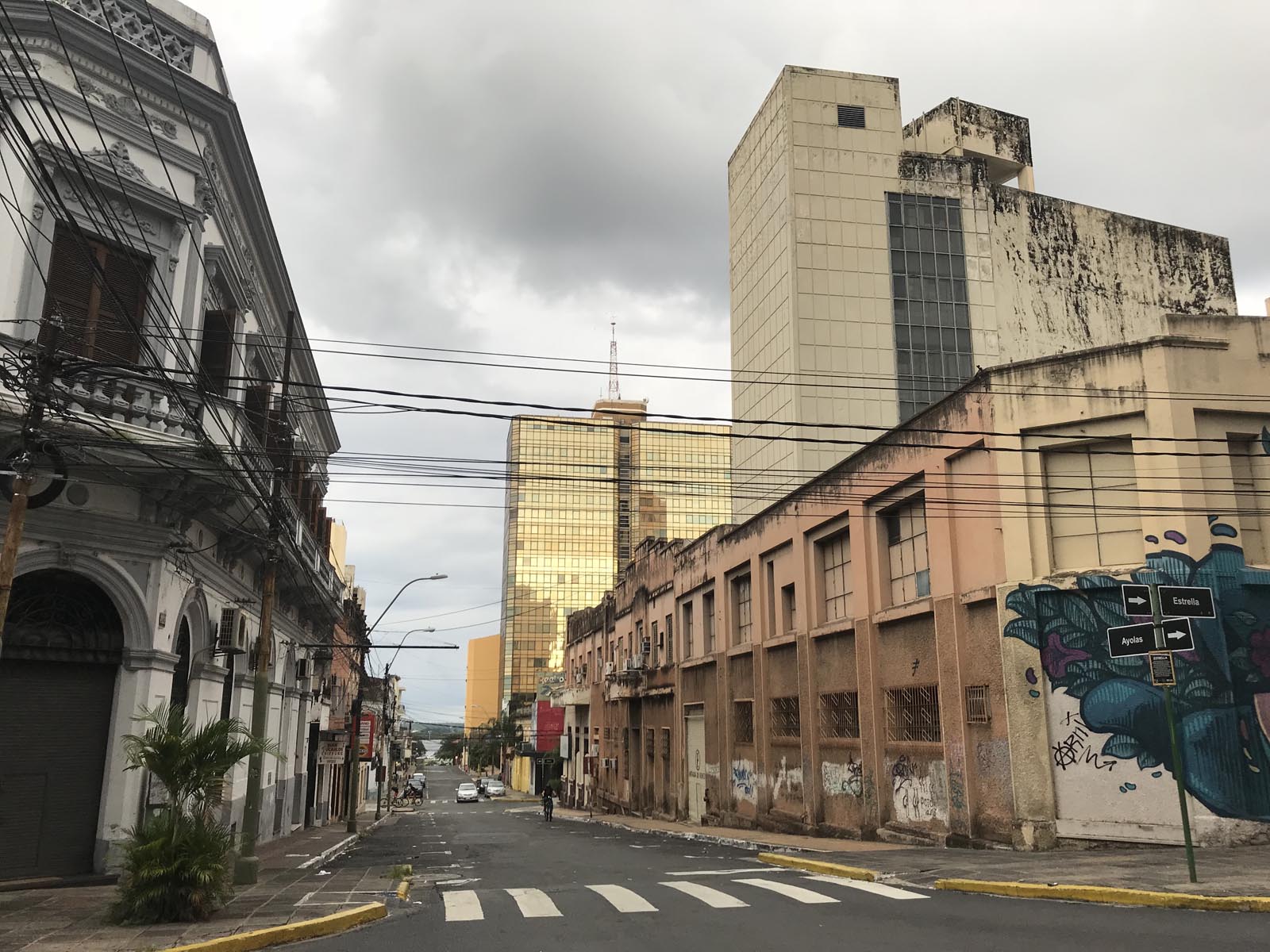
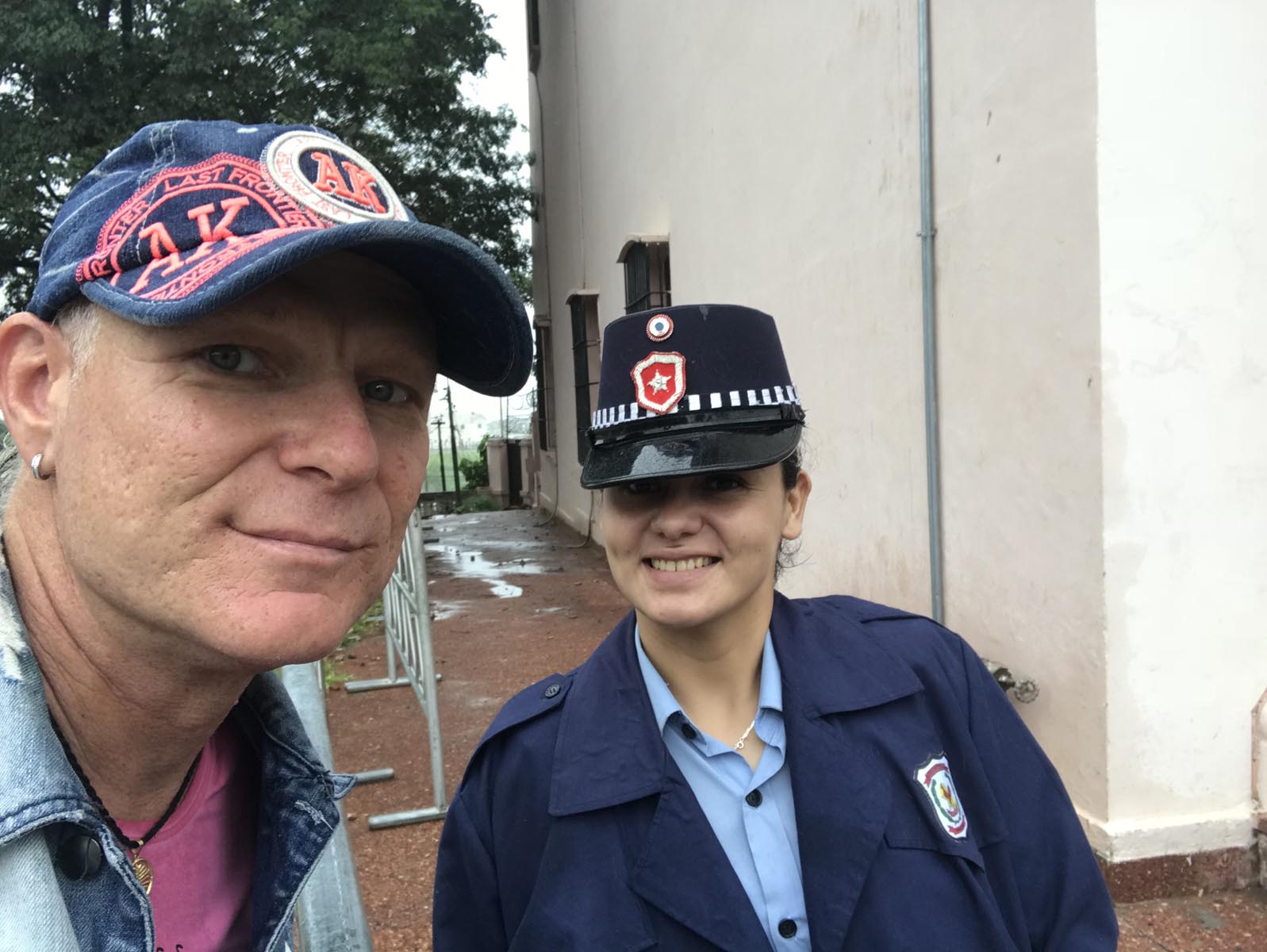

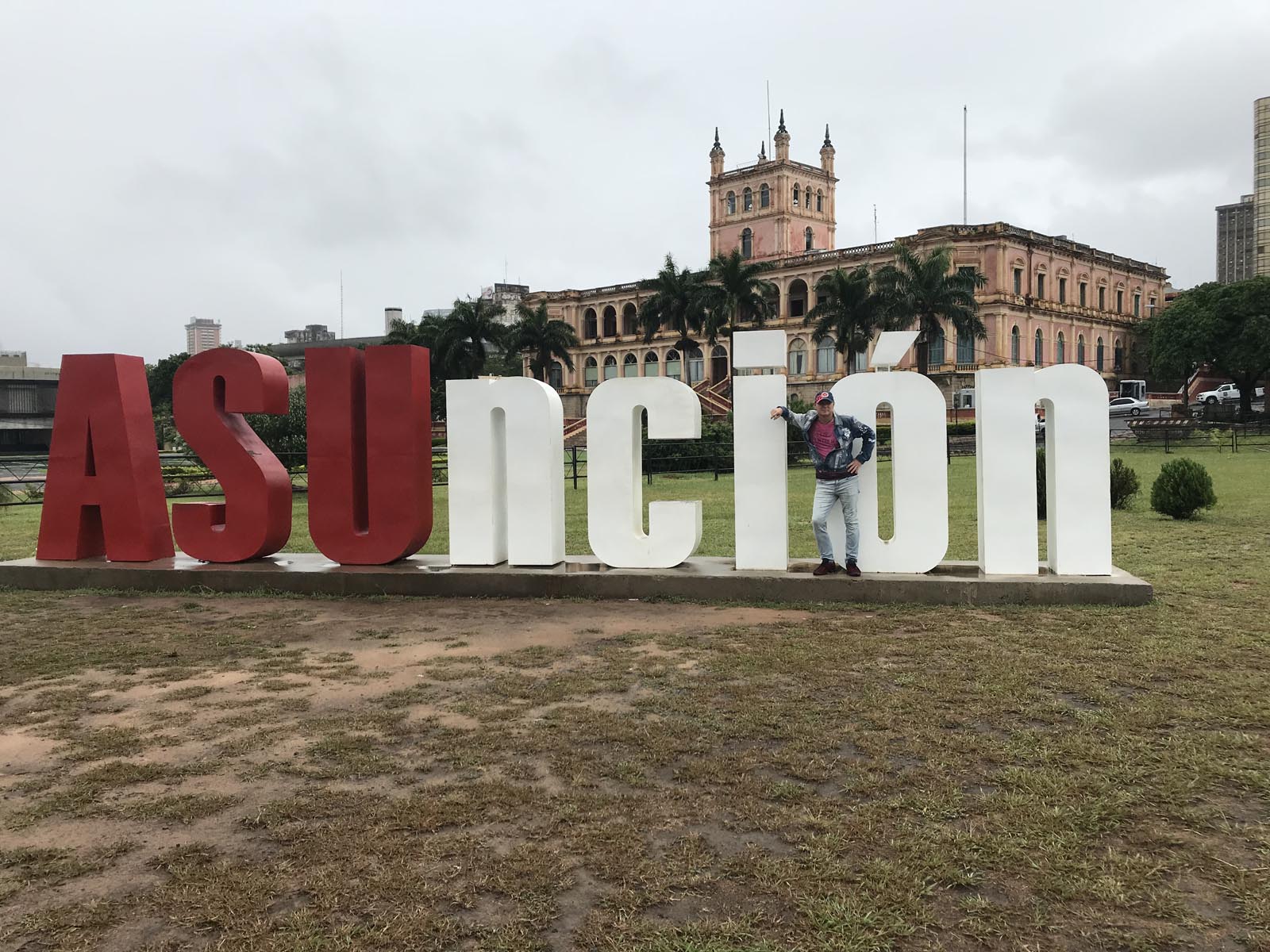
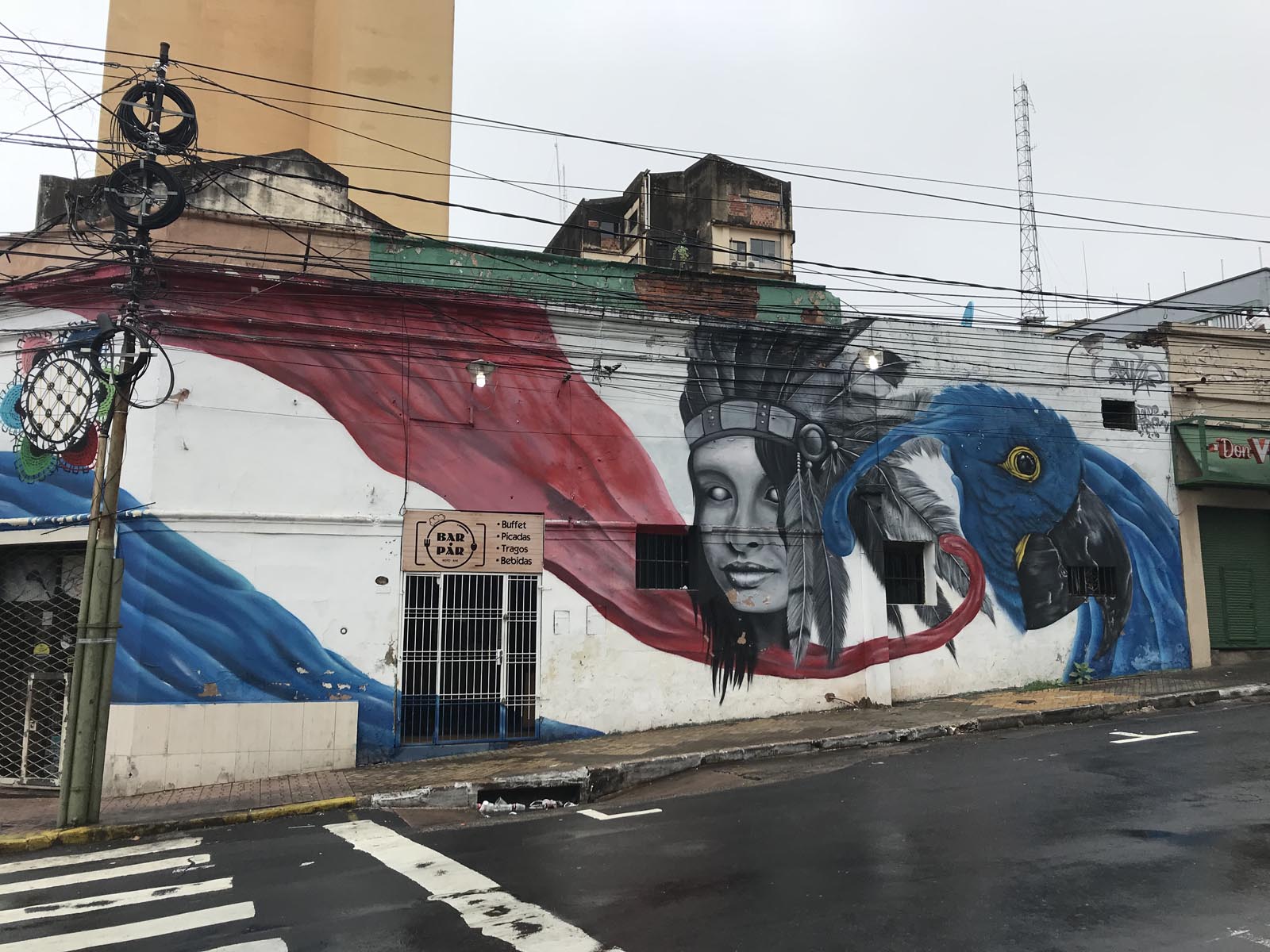
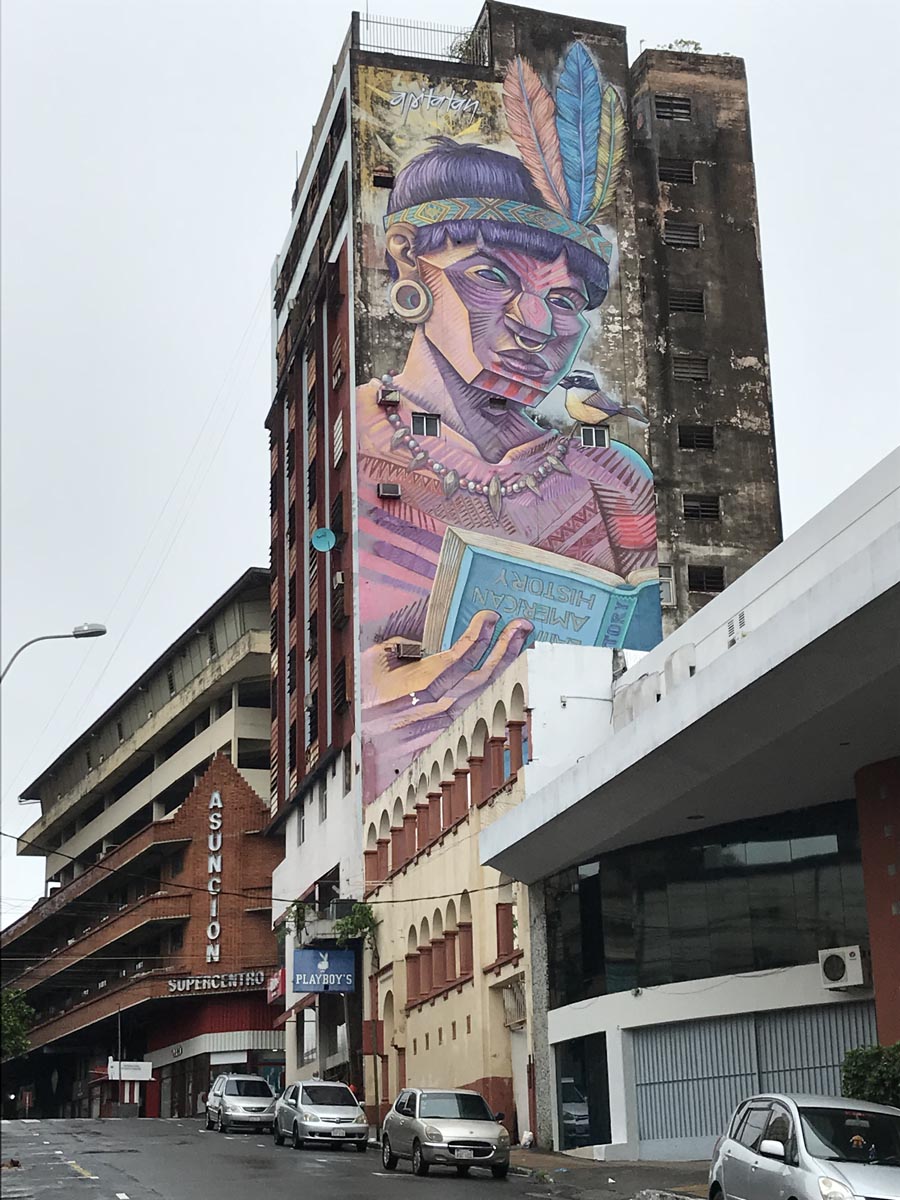


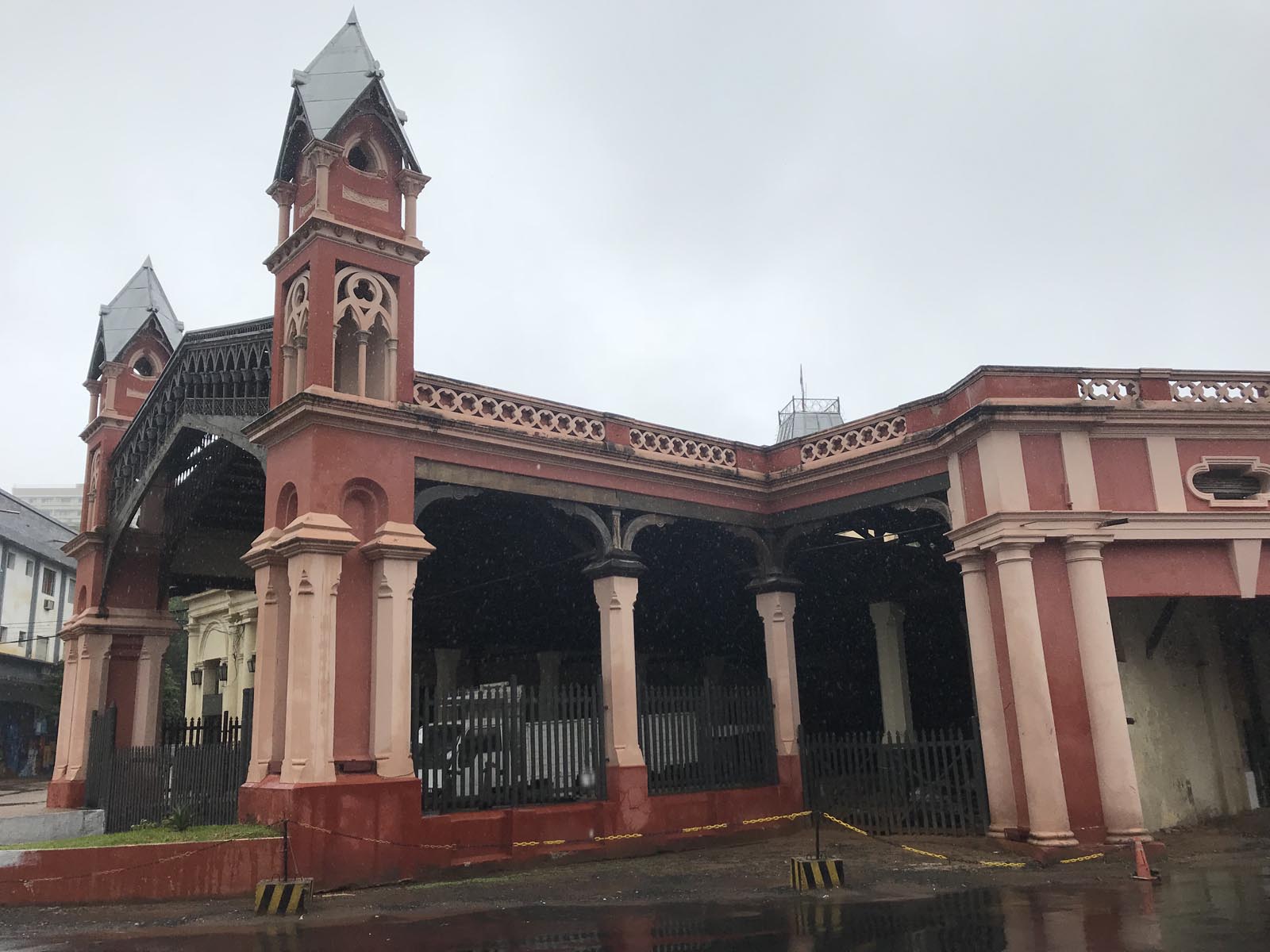
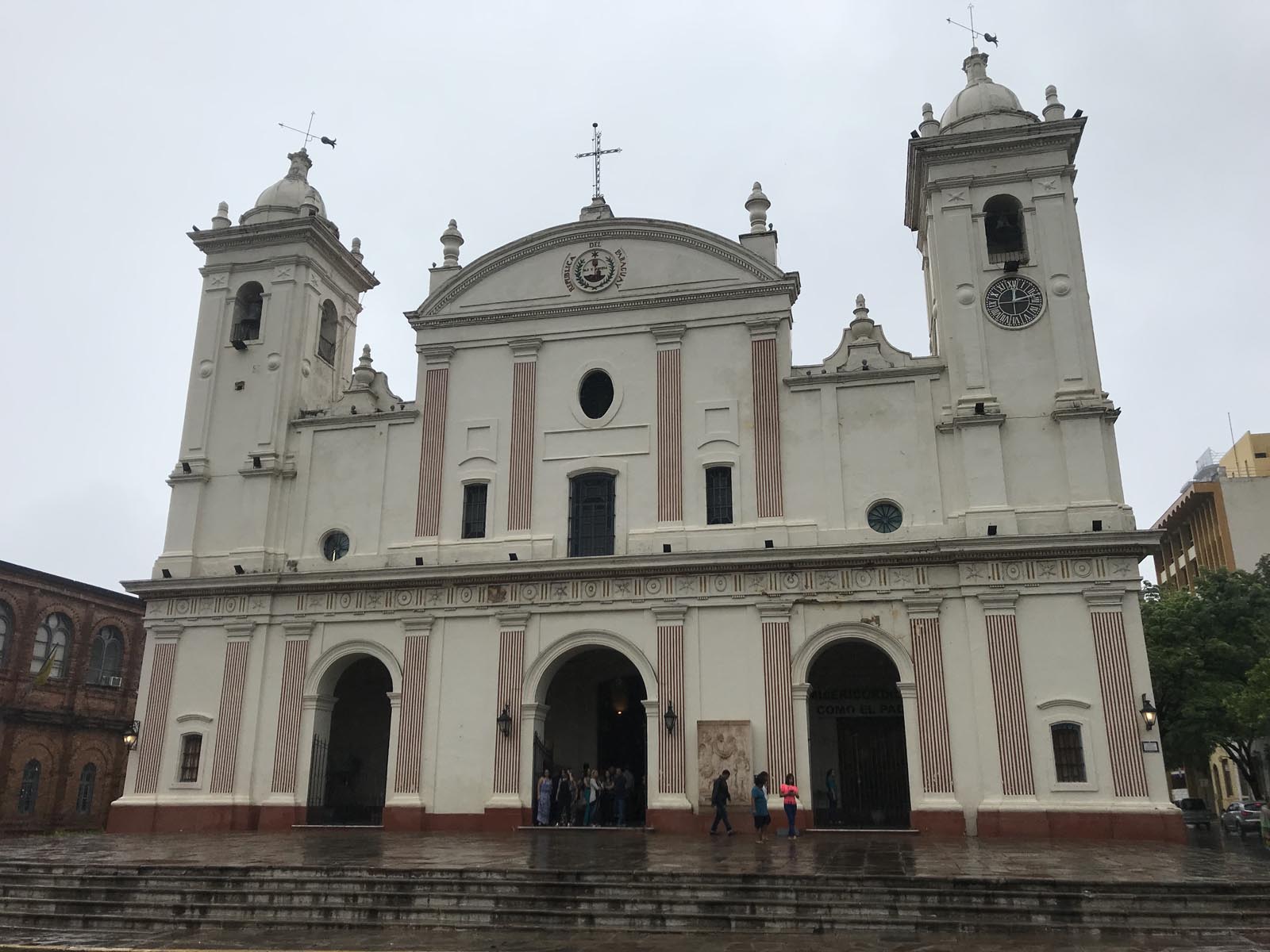
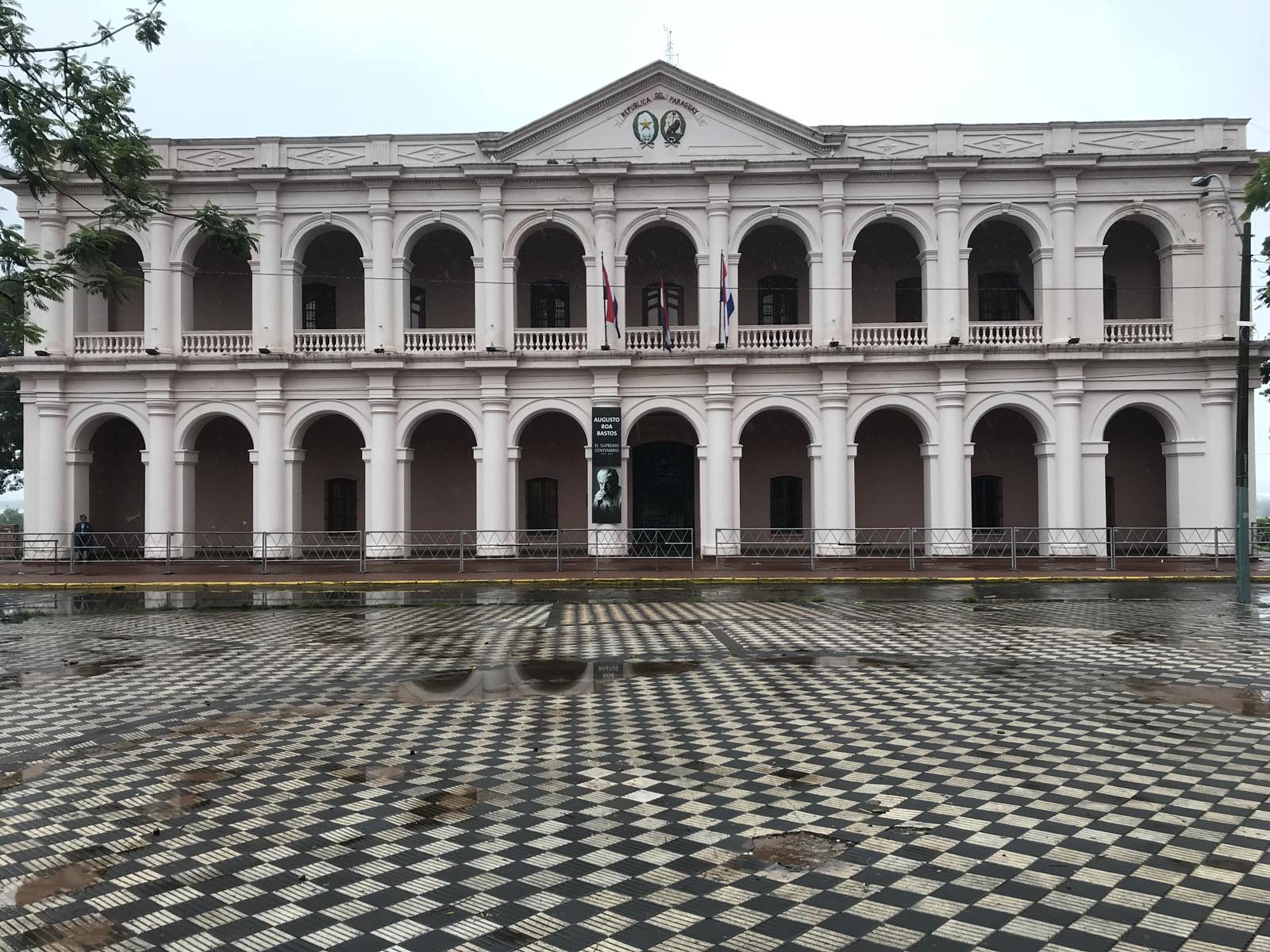
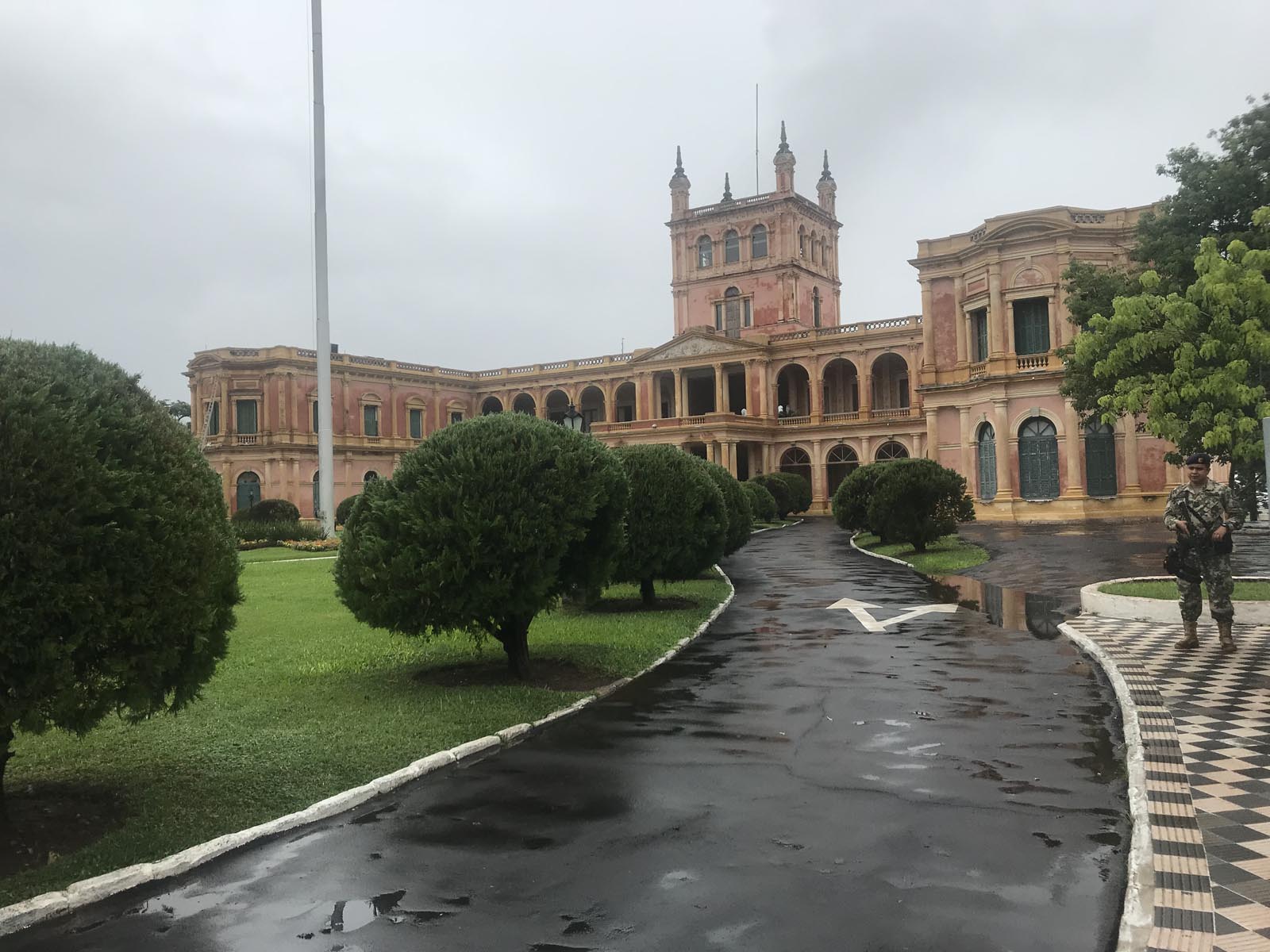
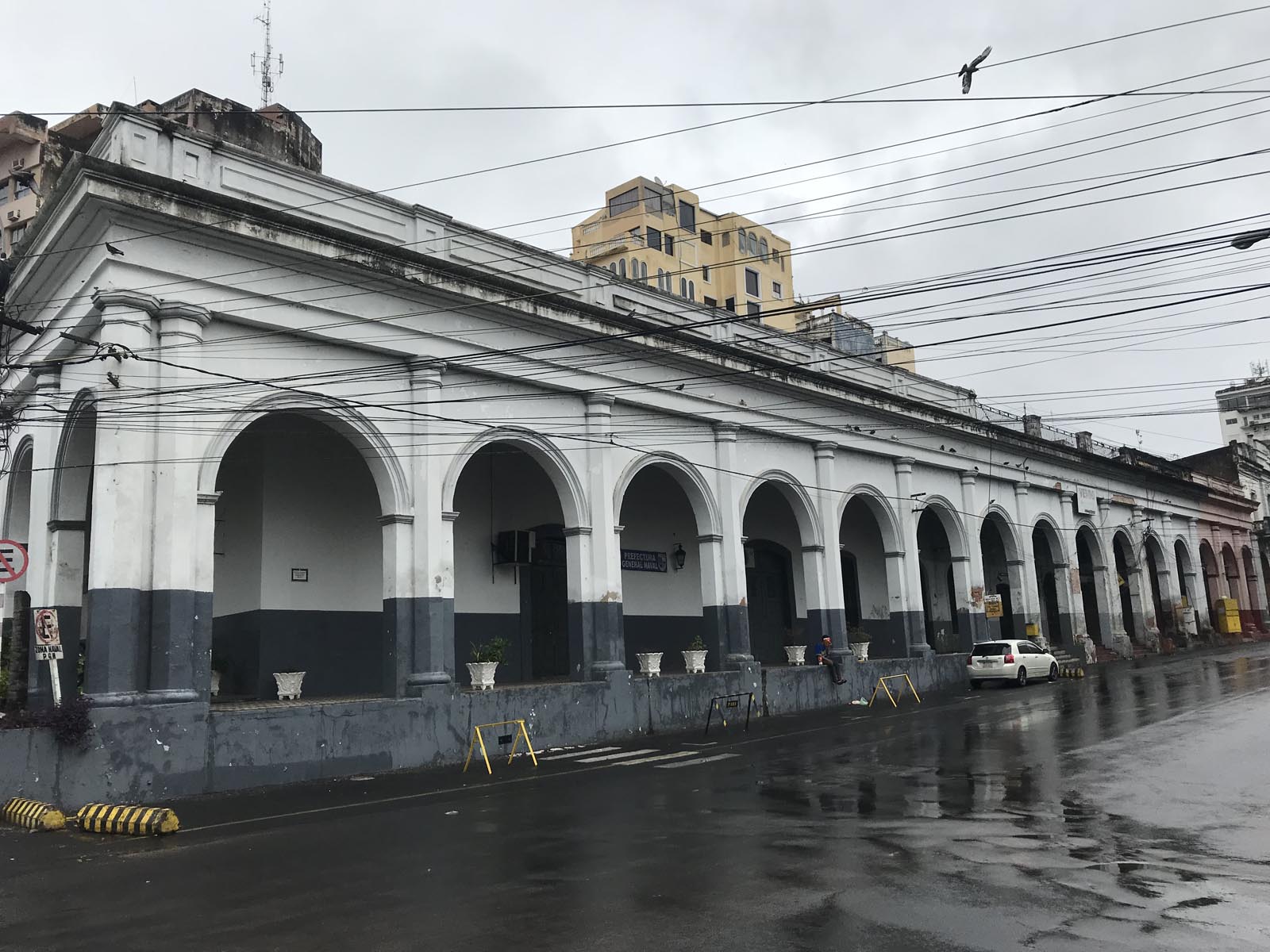
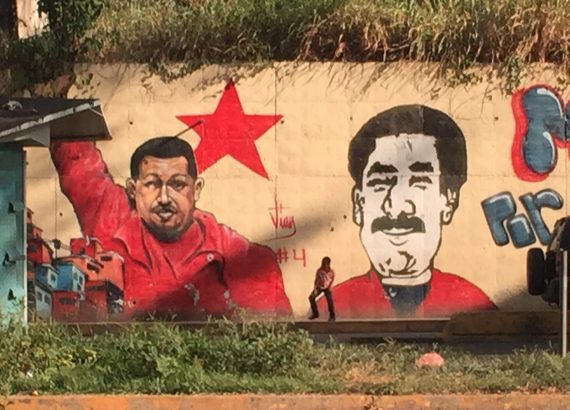
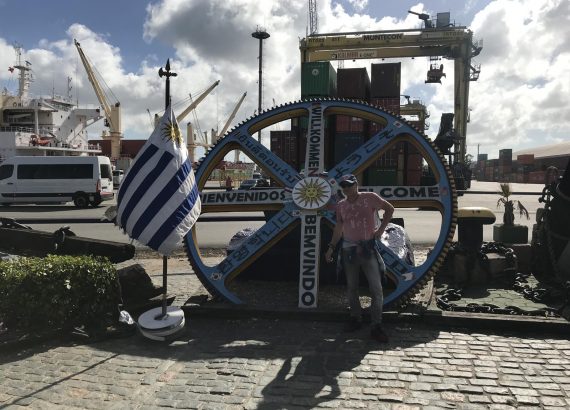
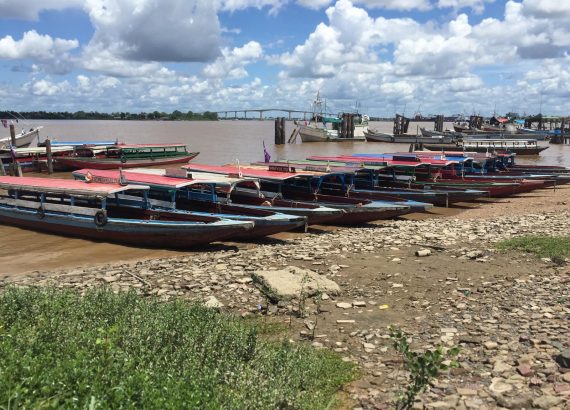
Rares
Salut …as avea câteva întreb?ri despre paraguay ..
Este posibil?!